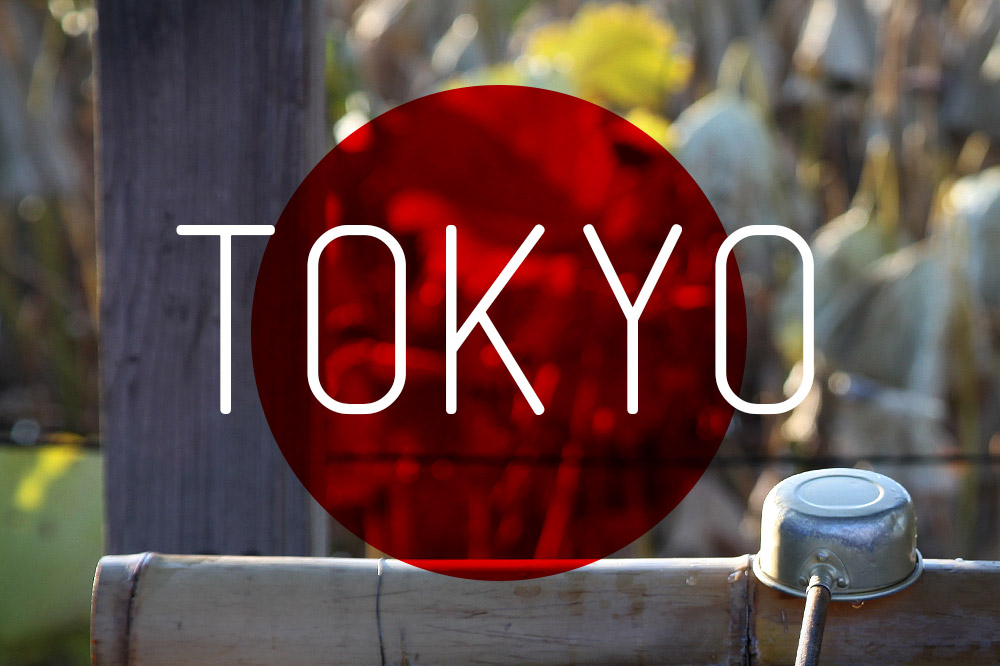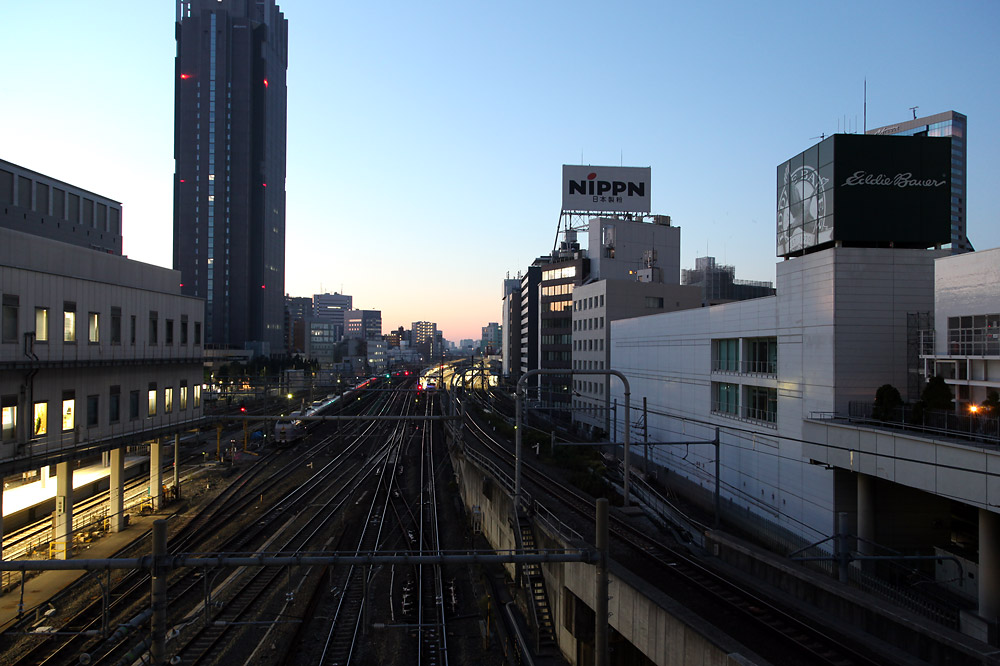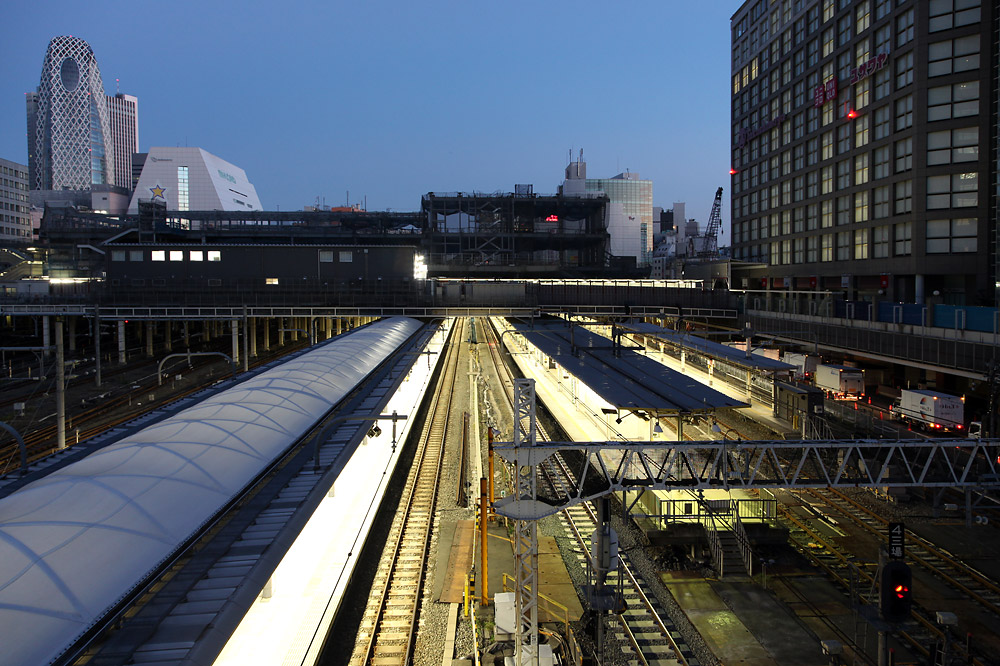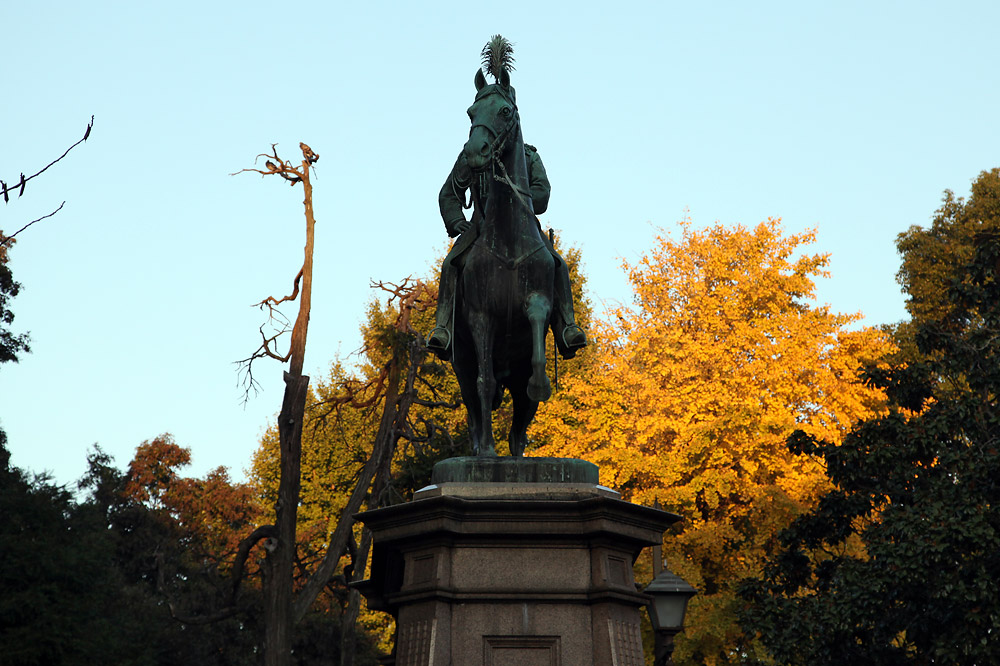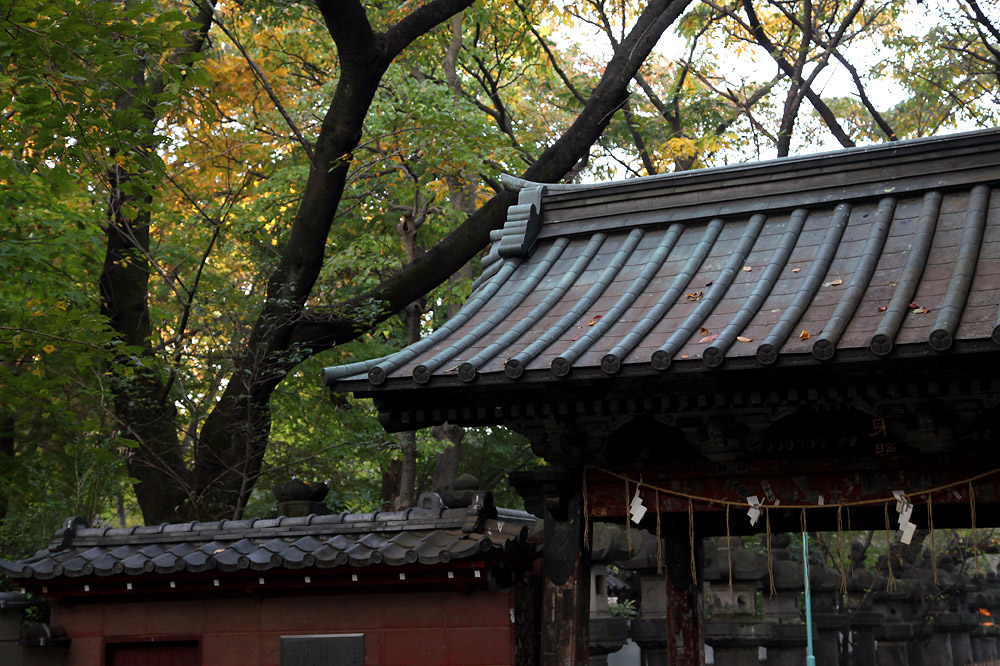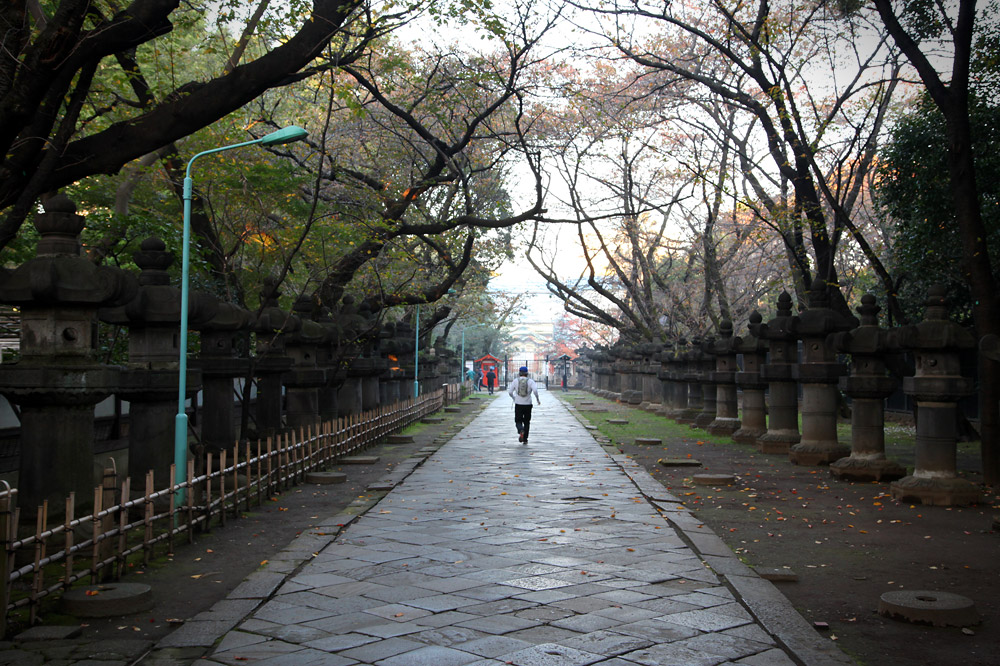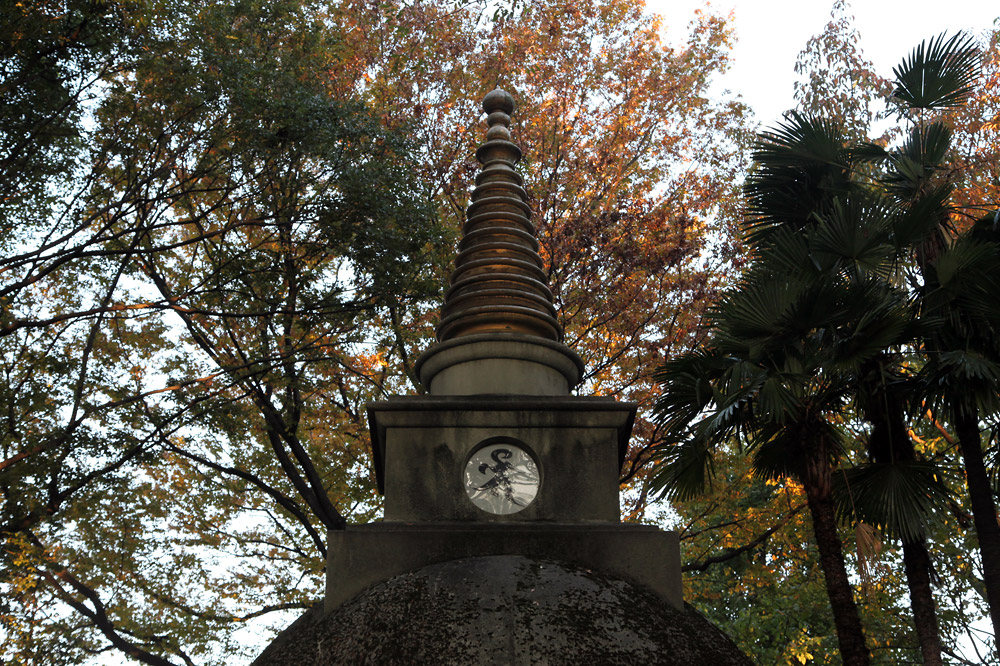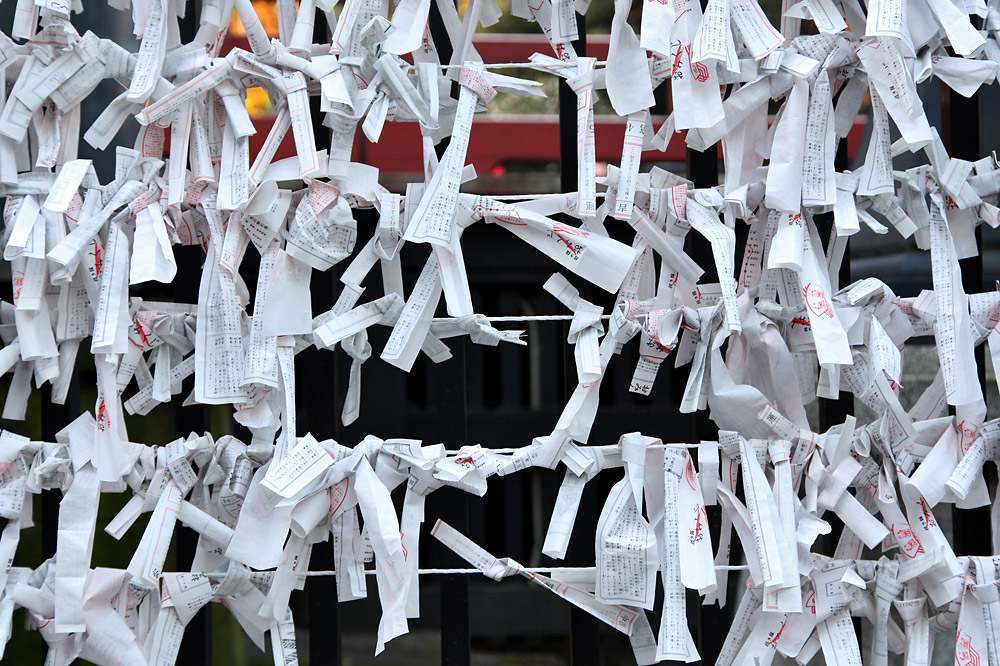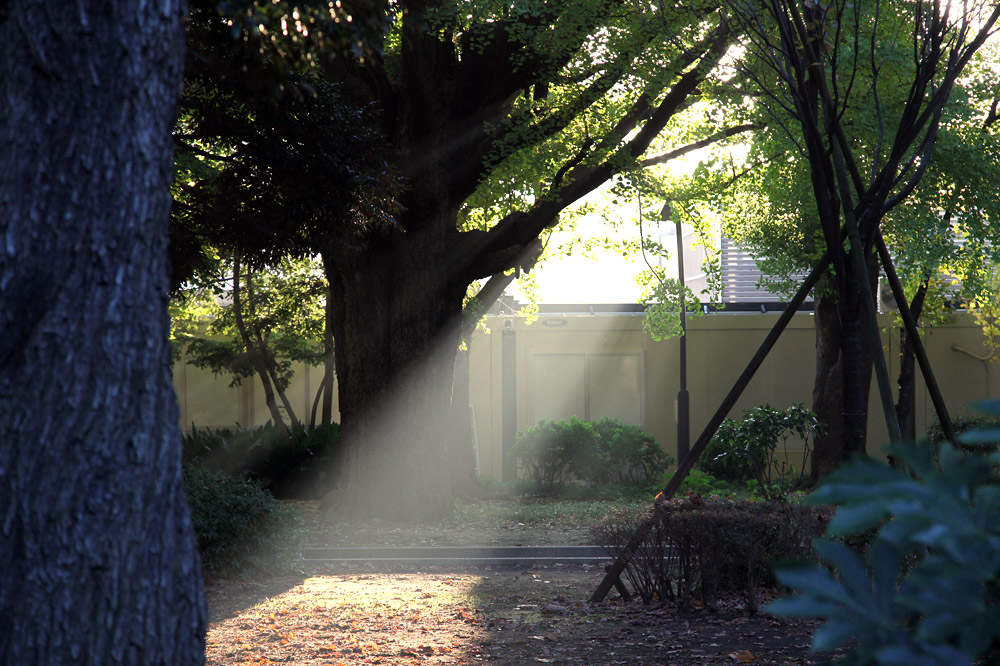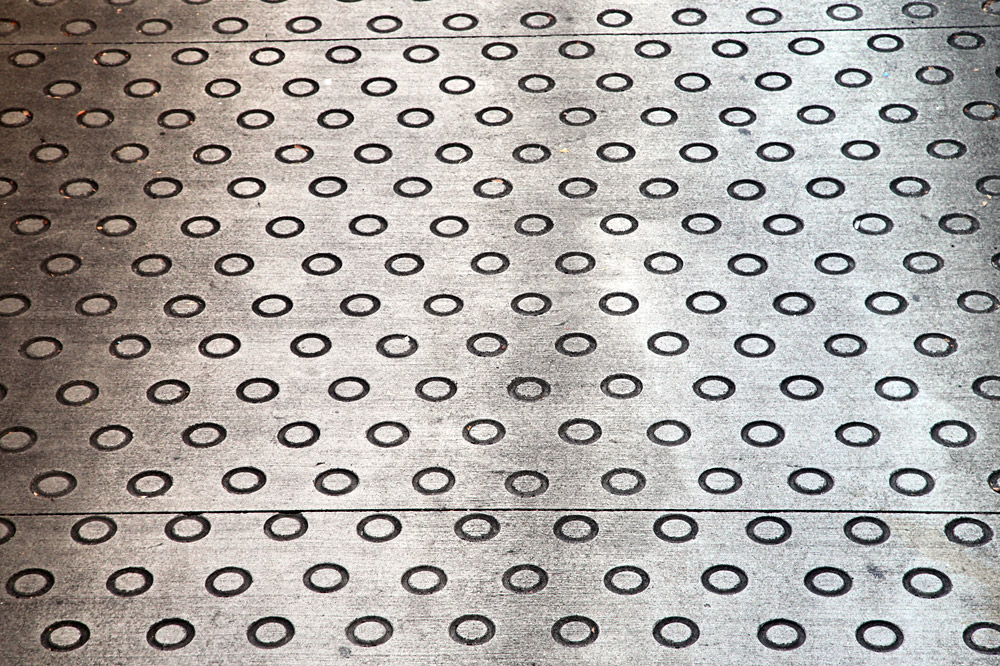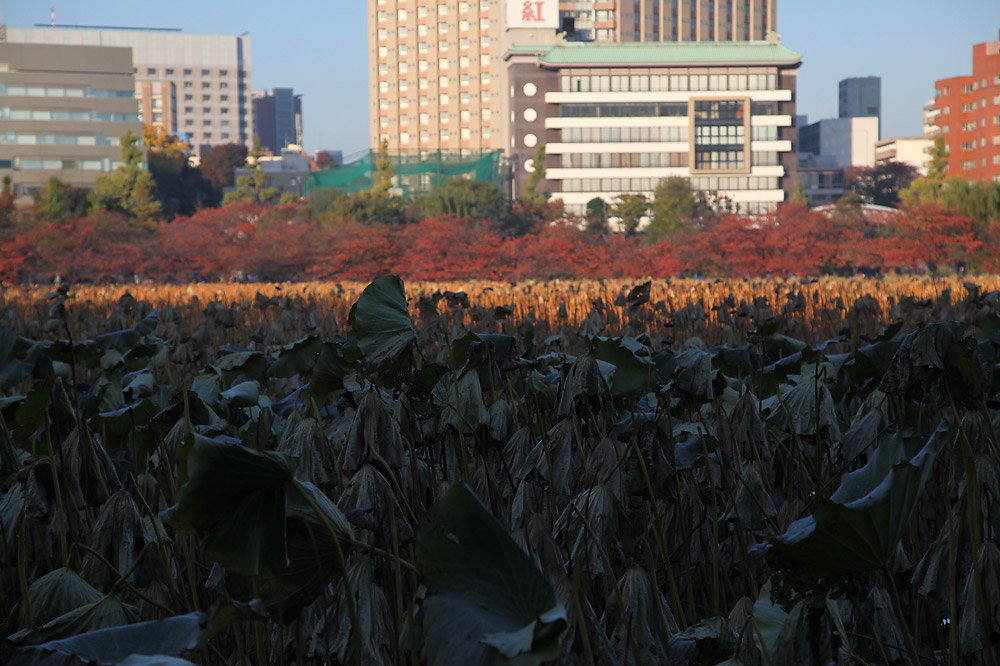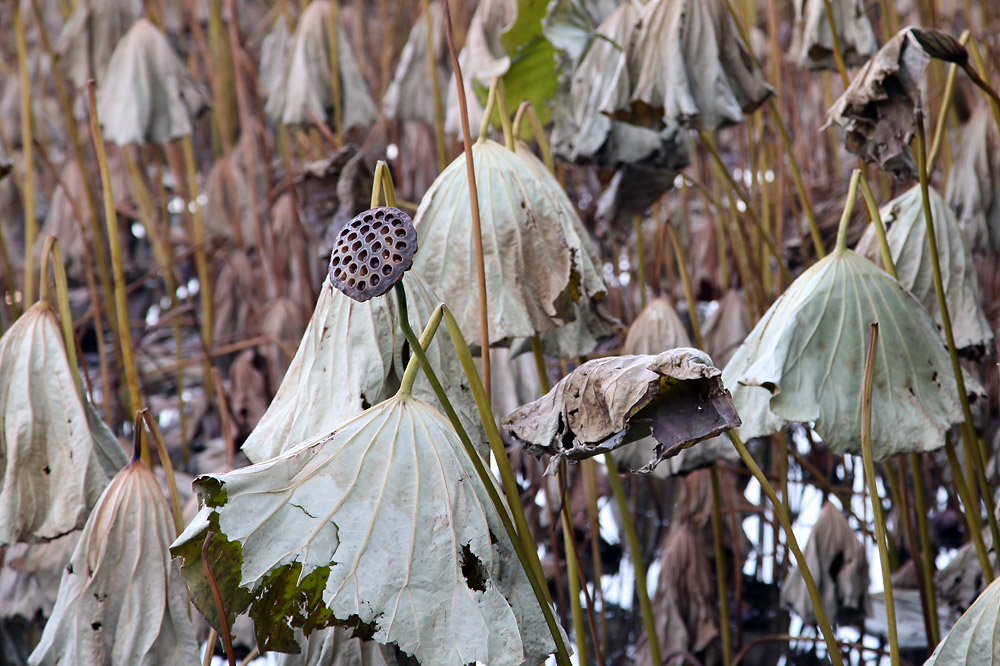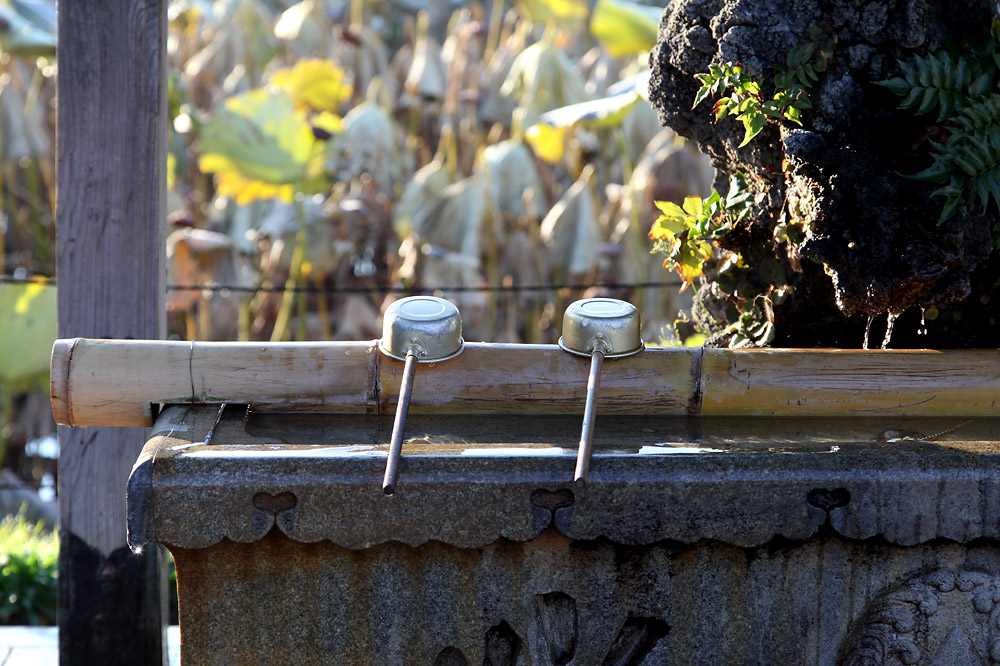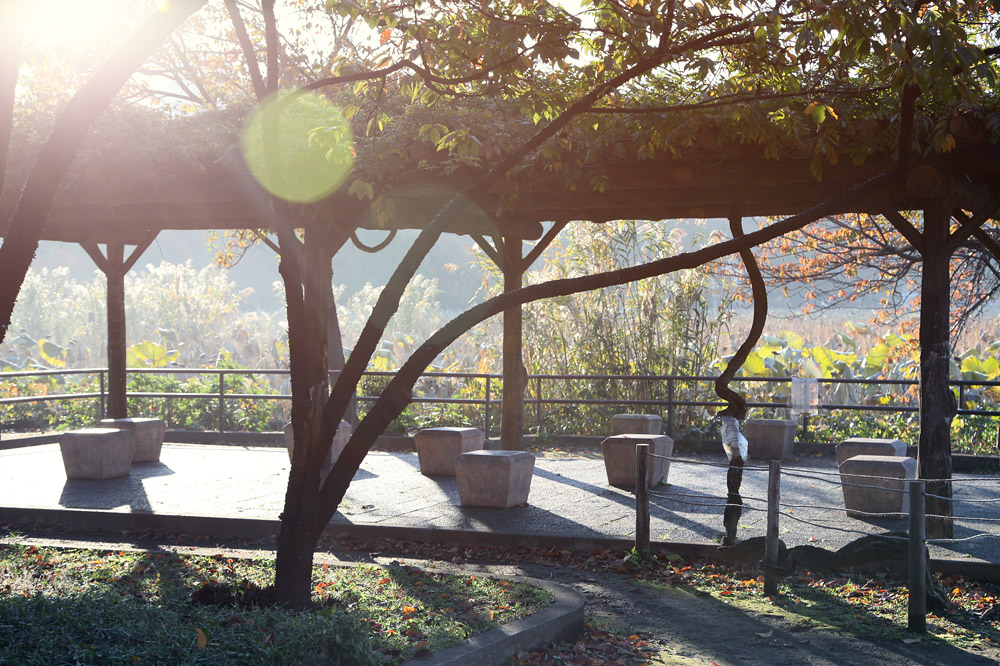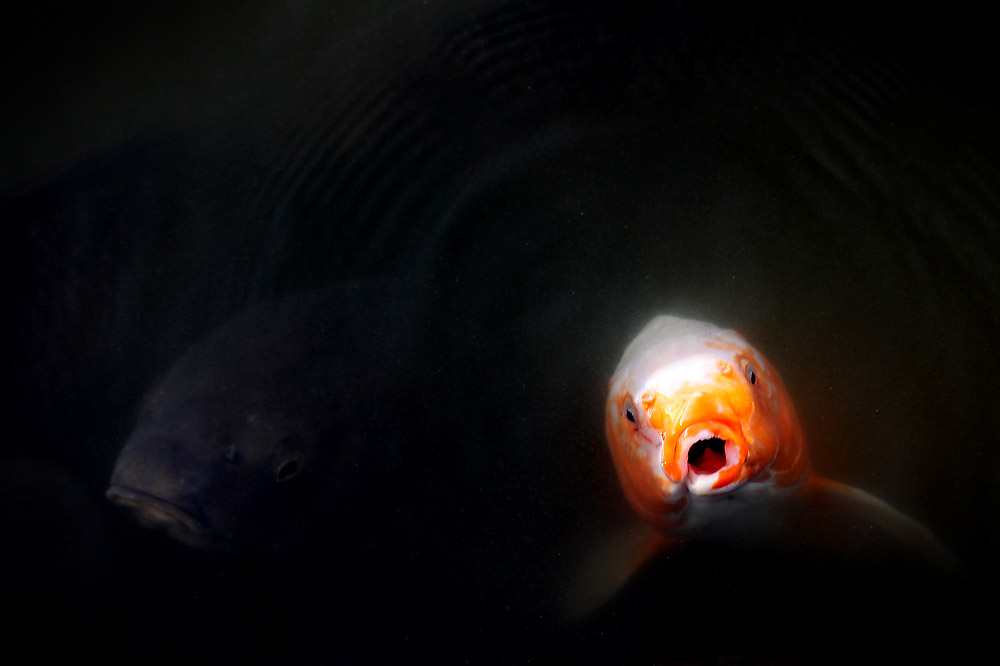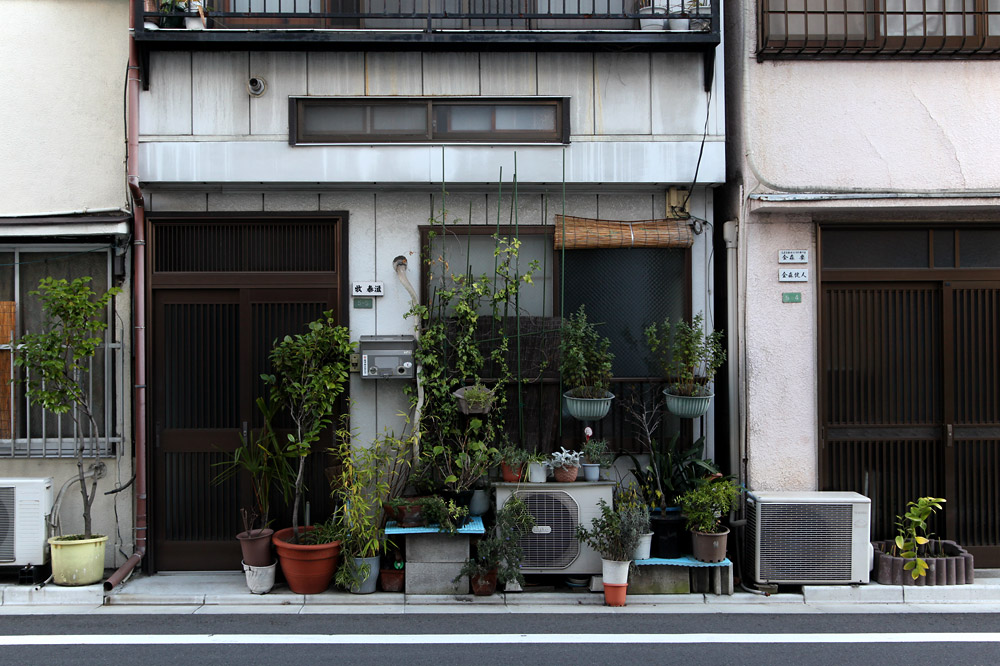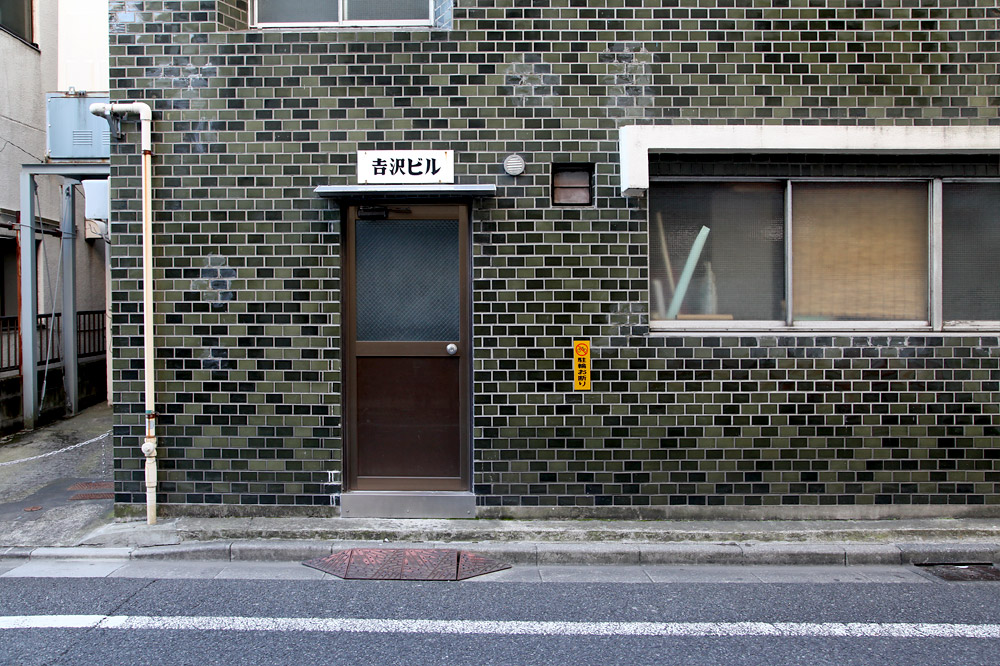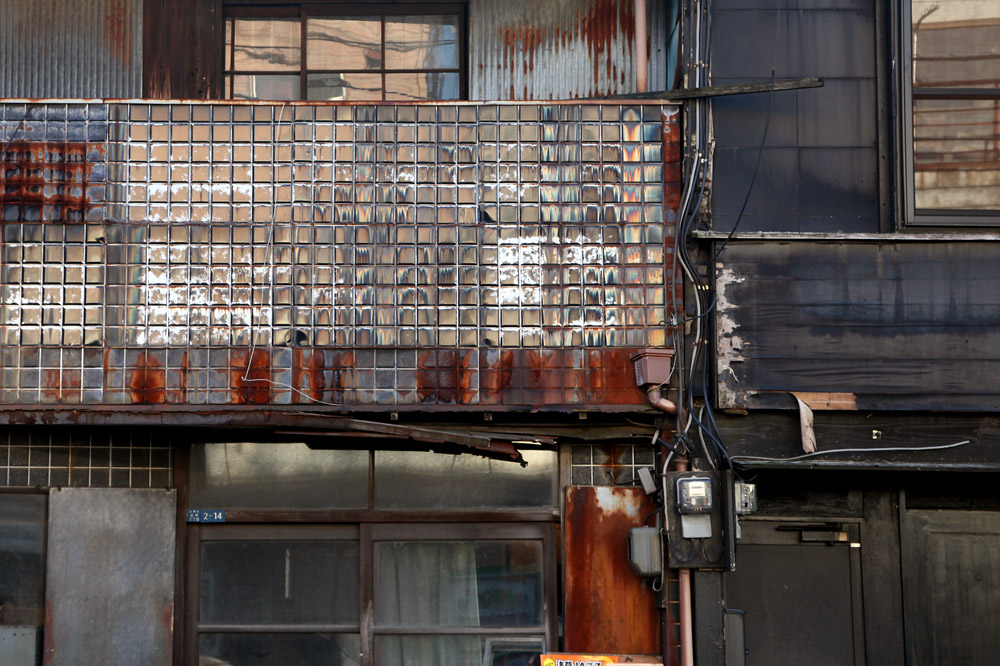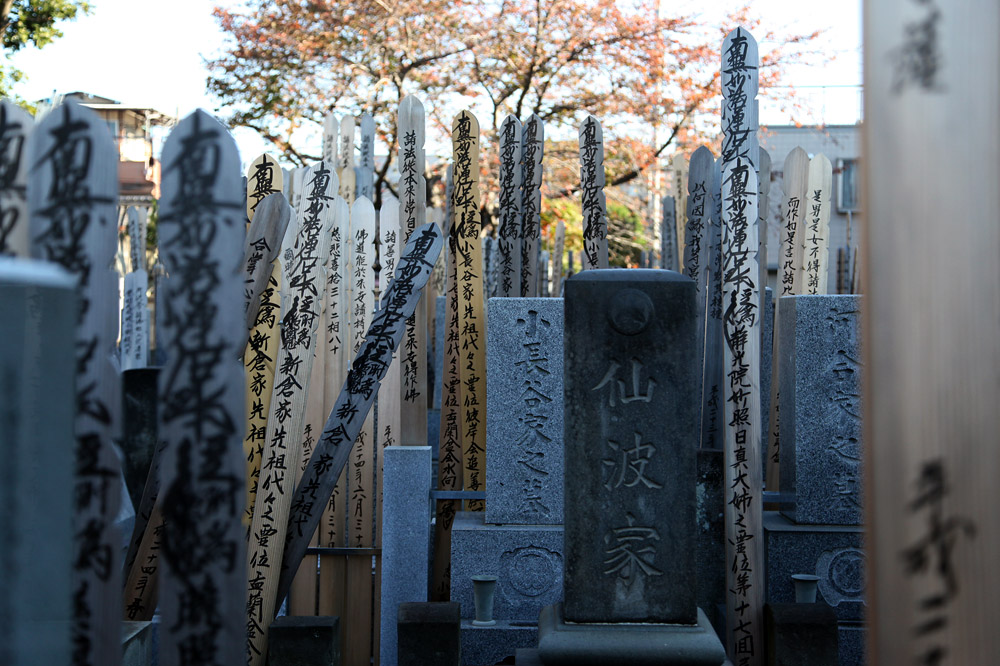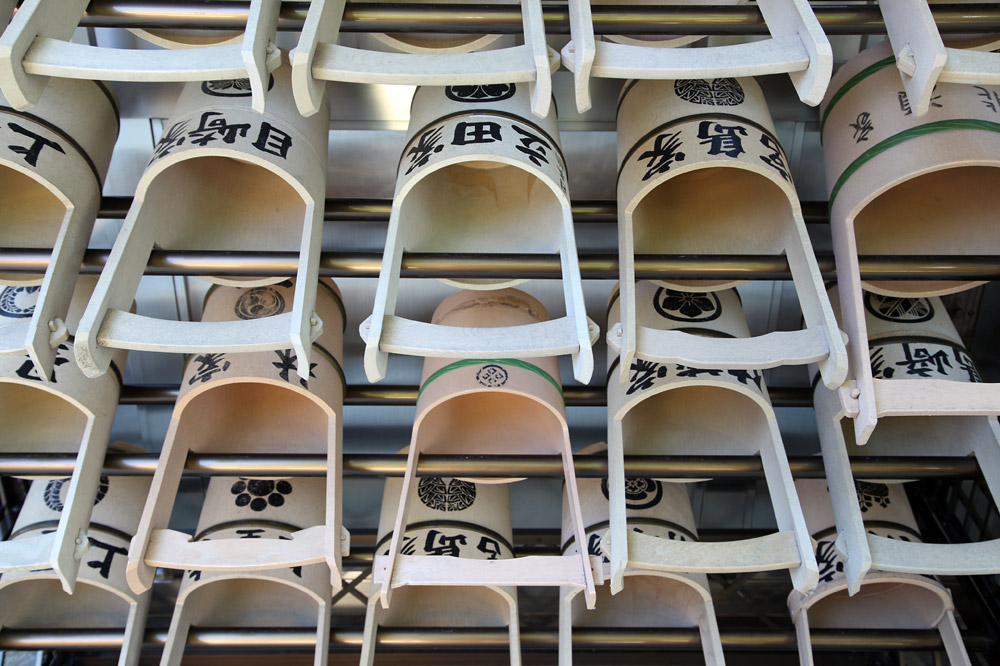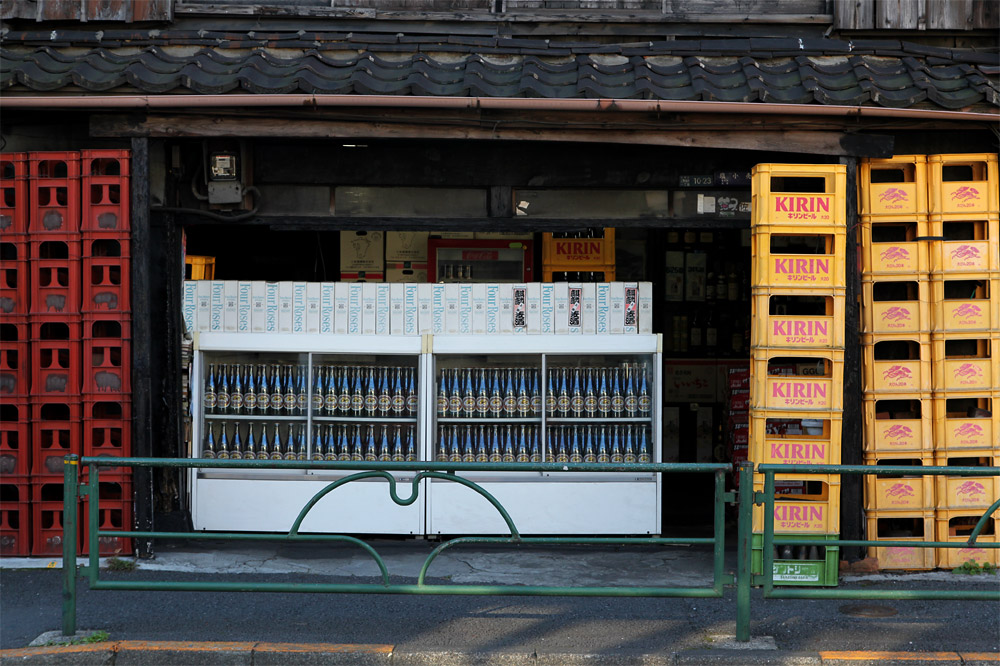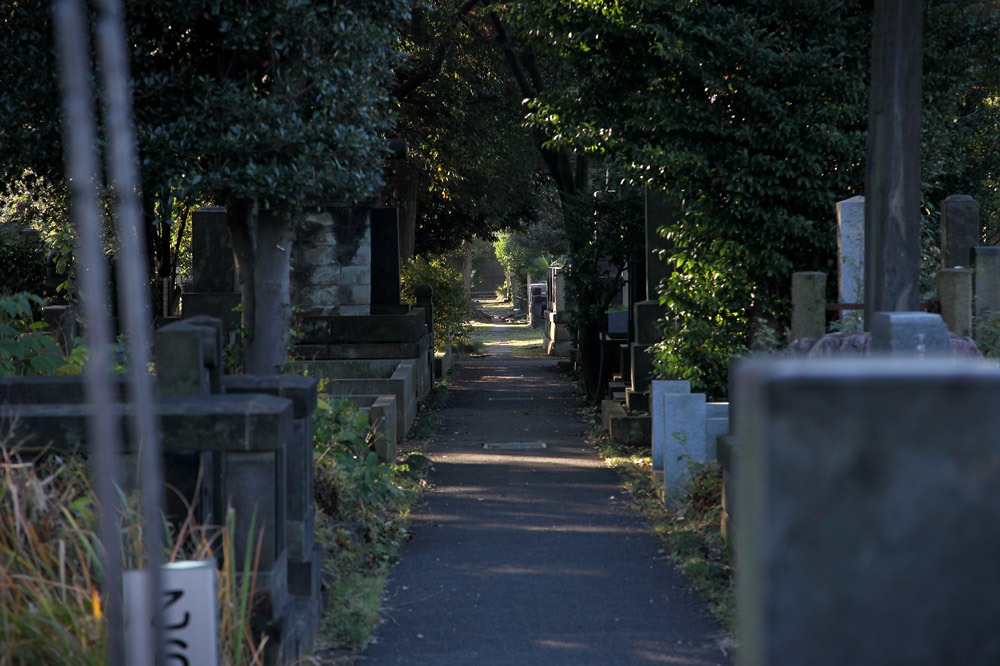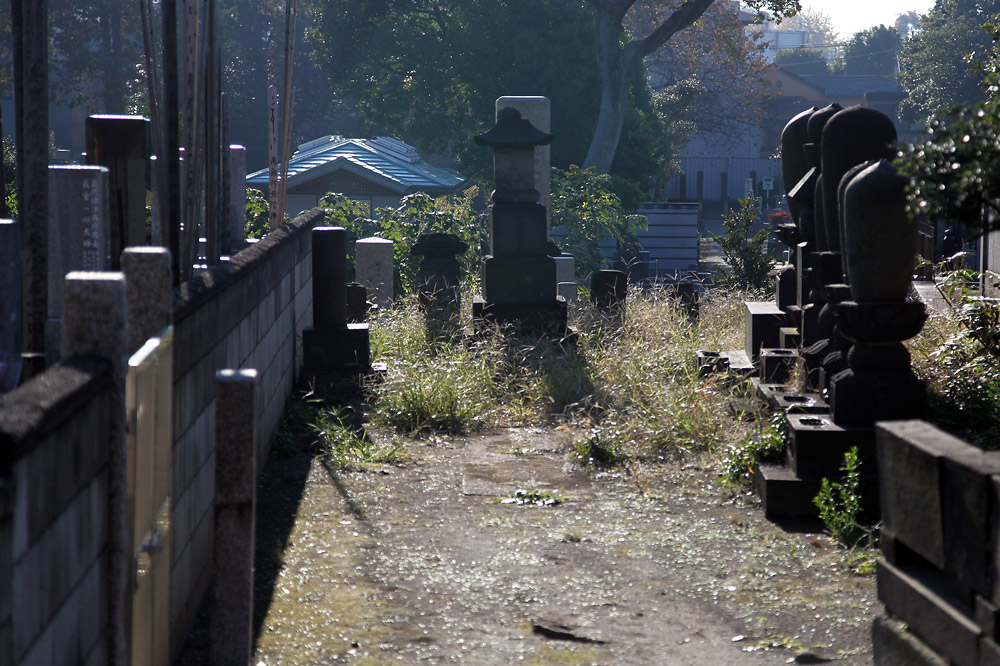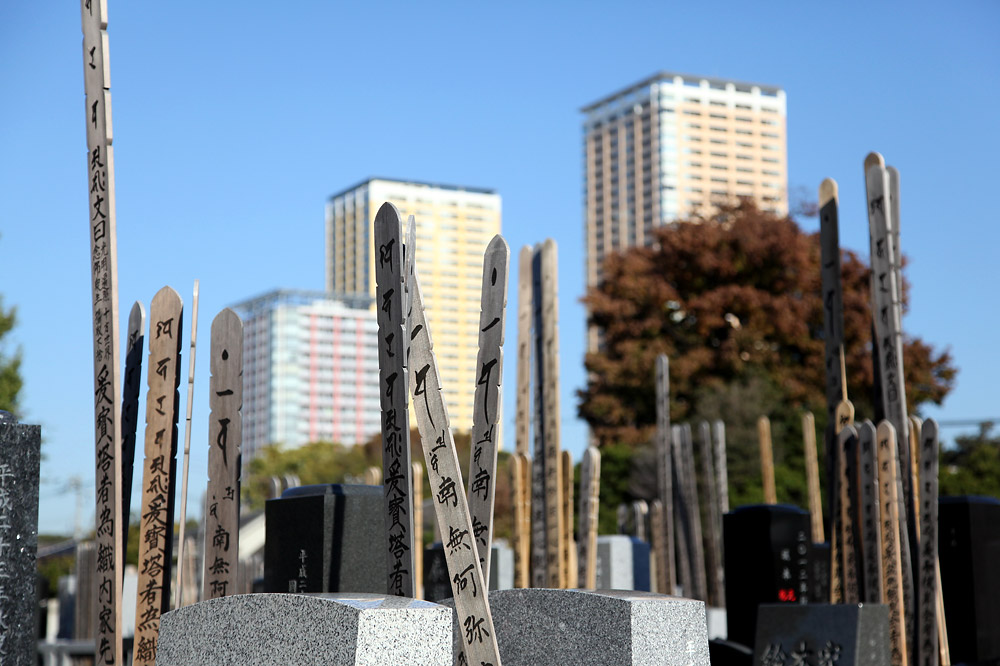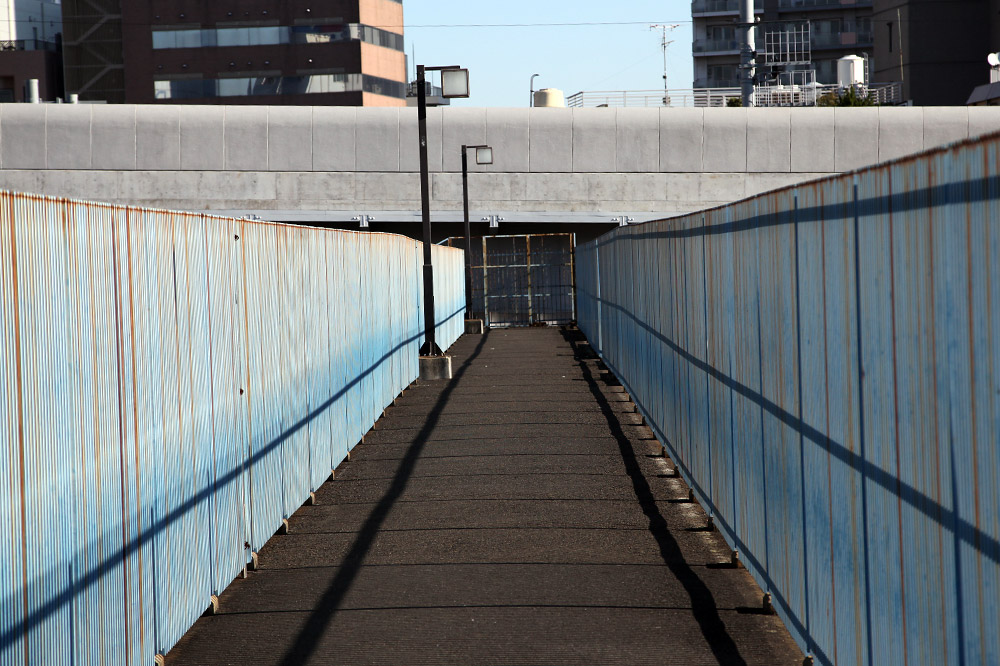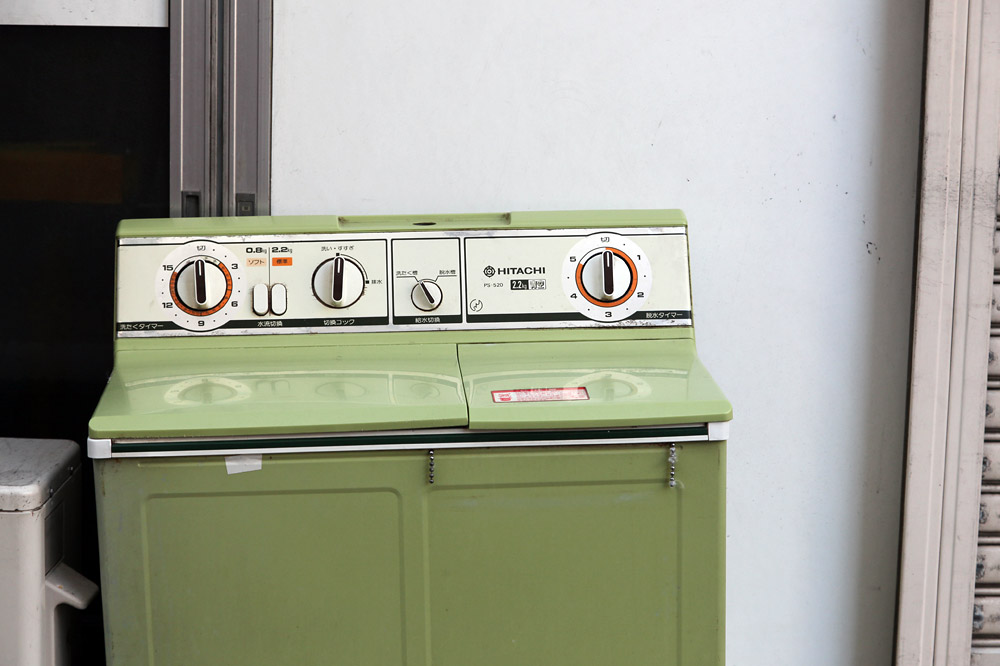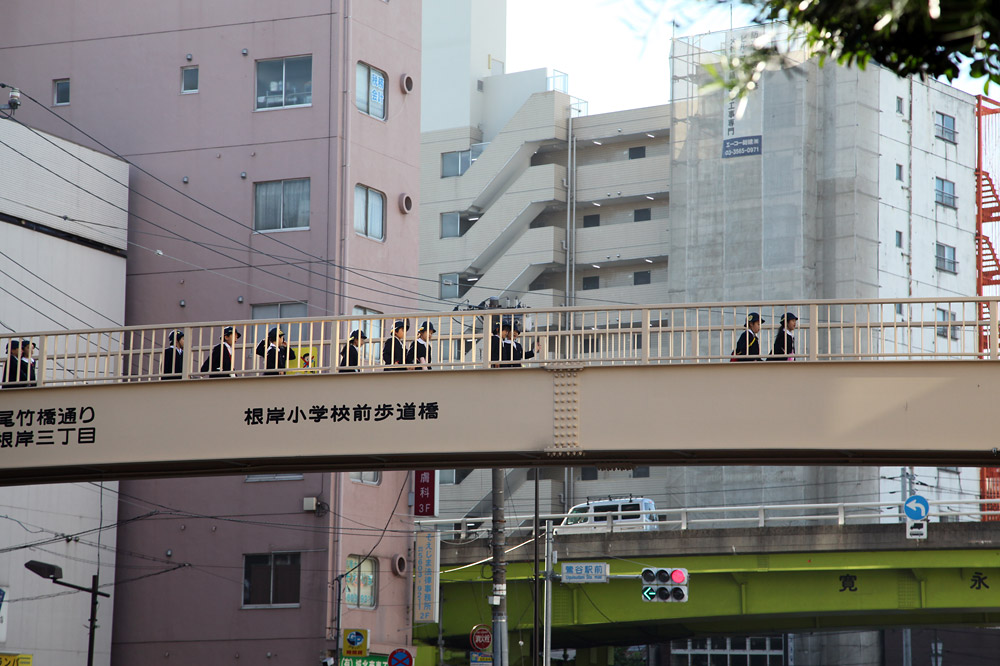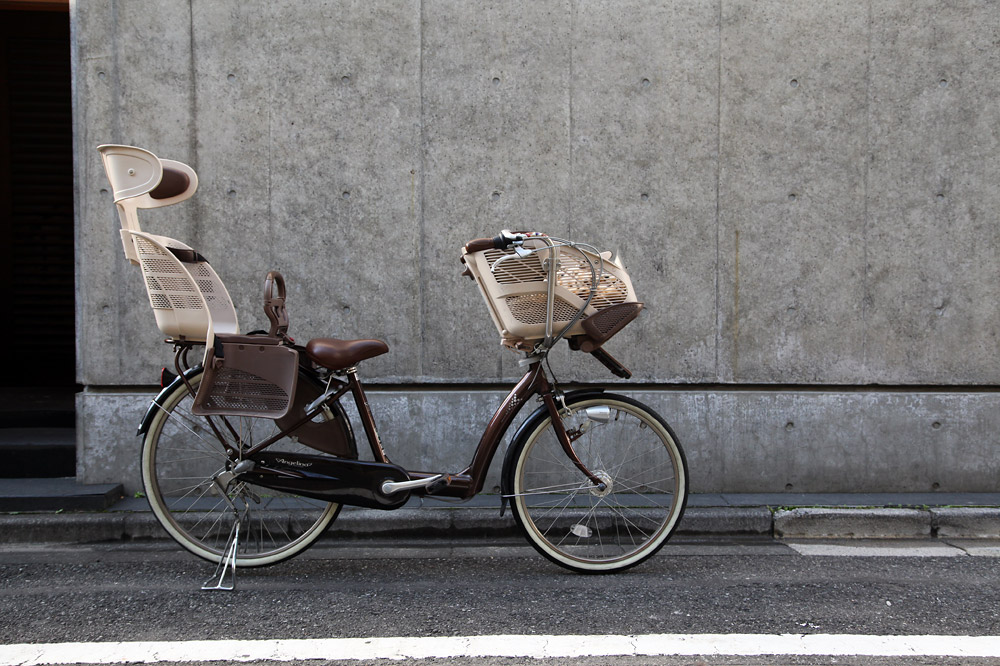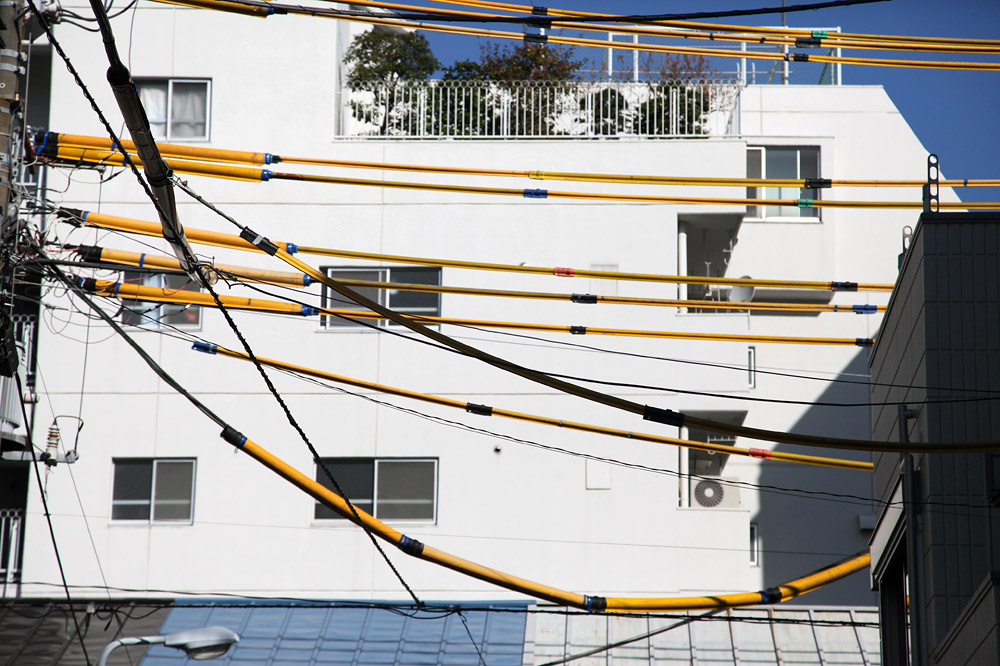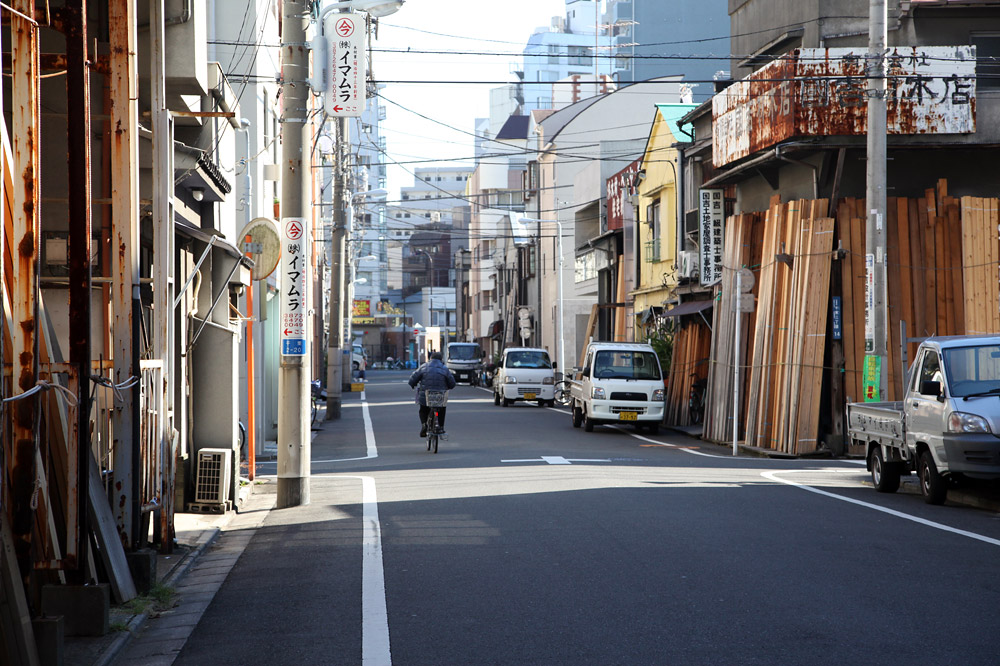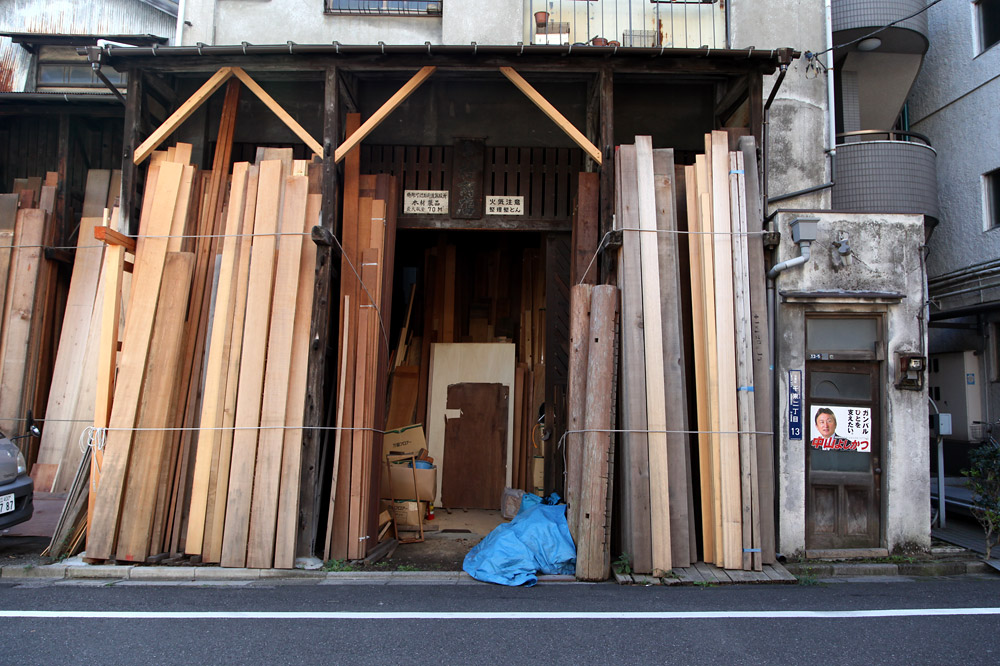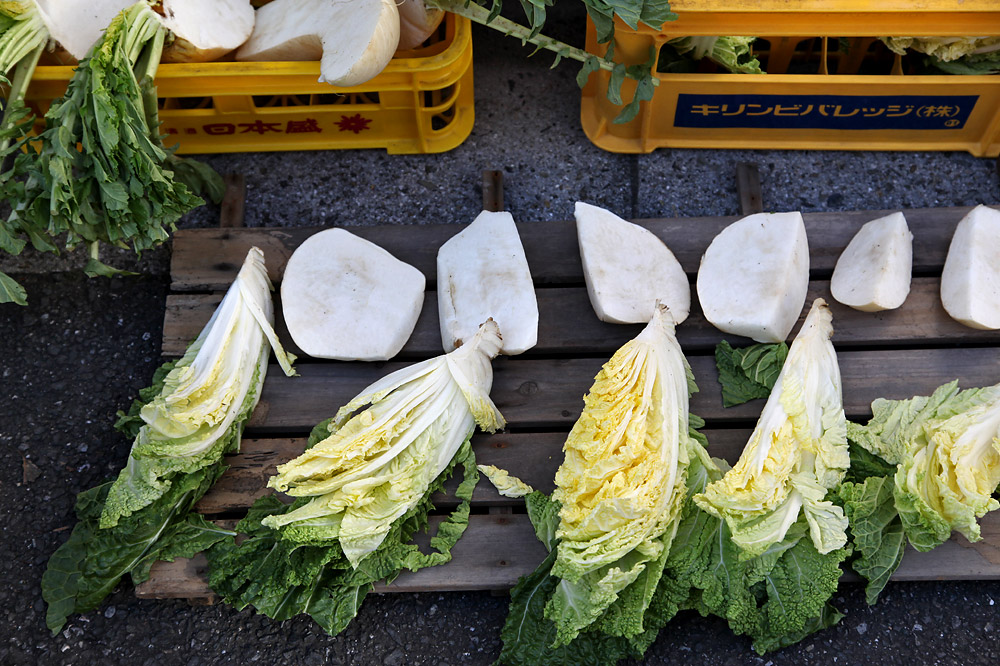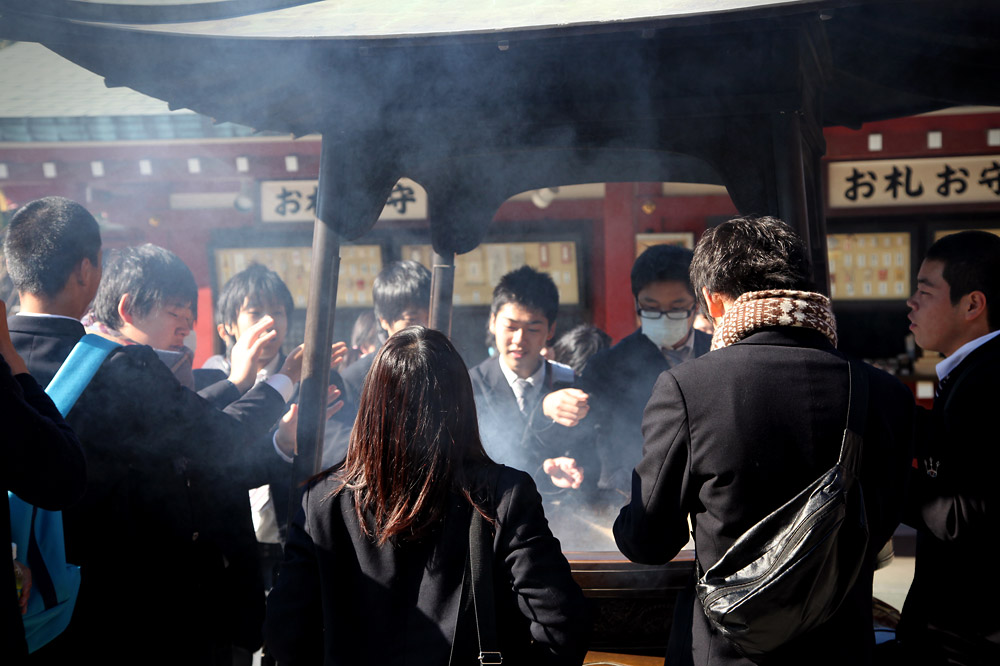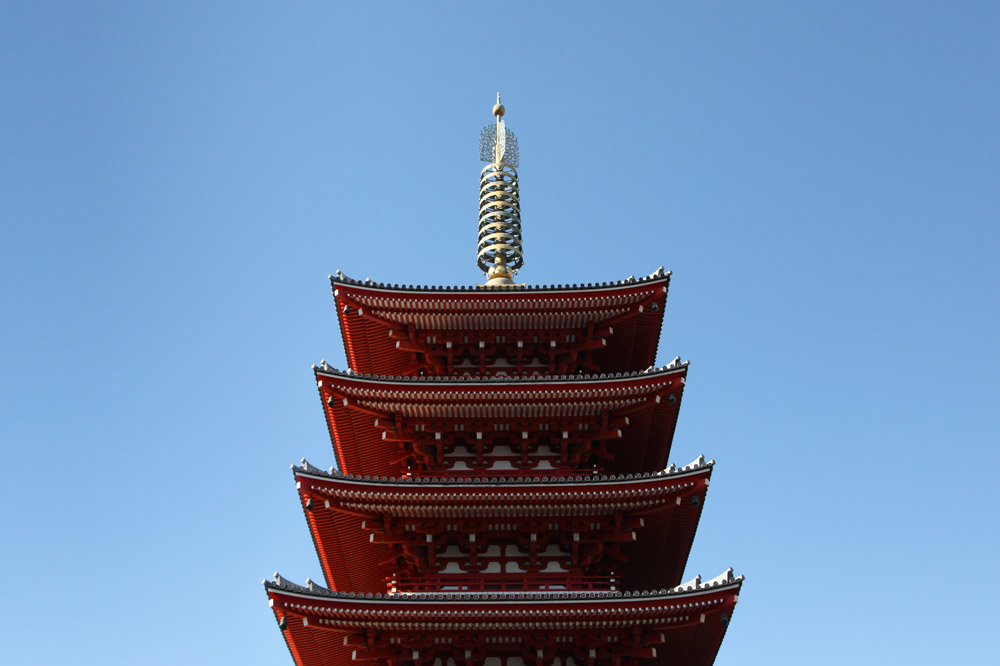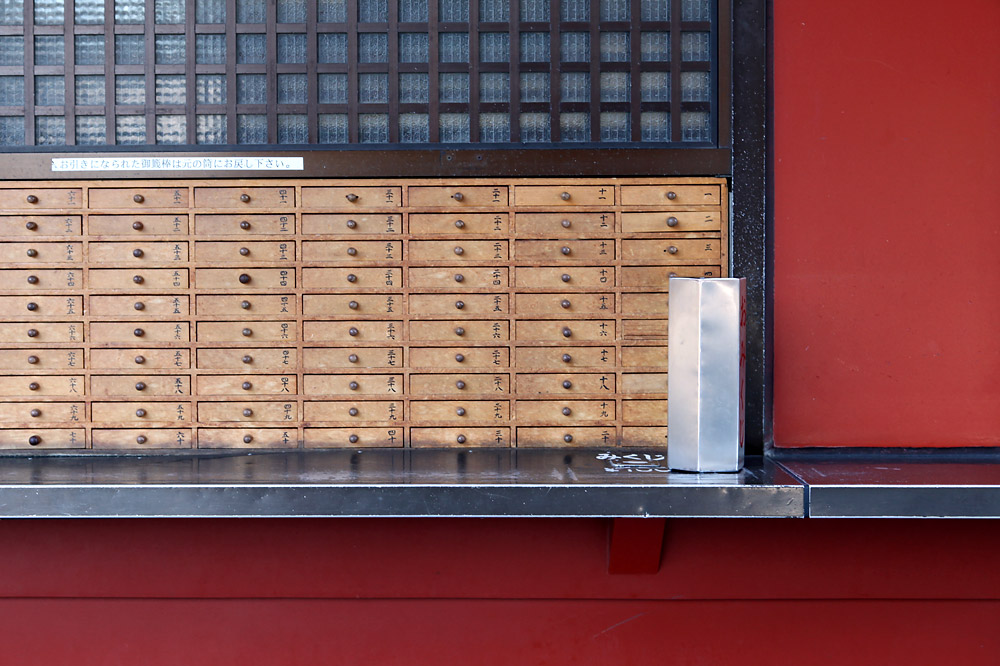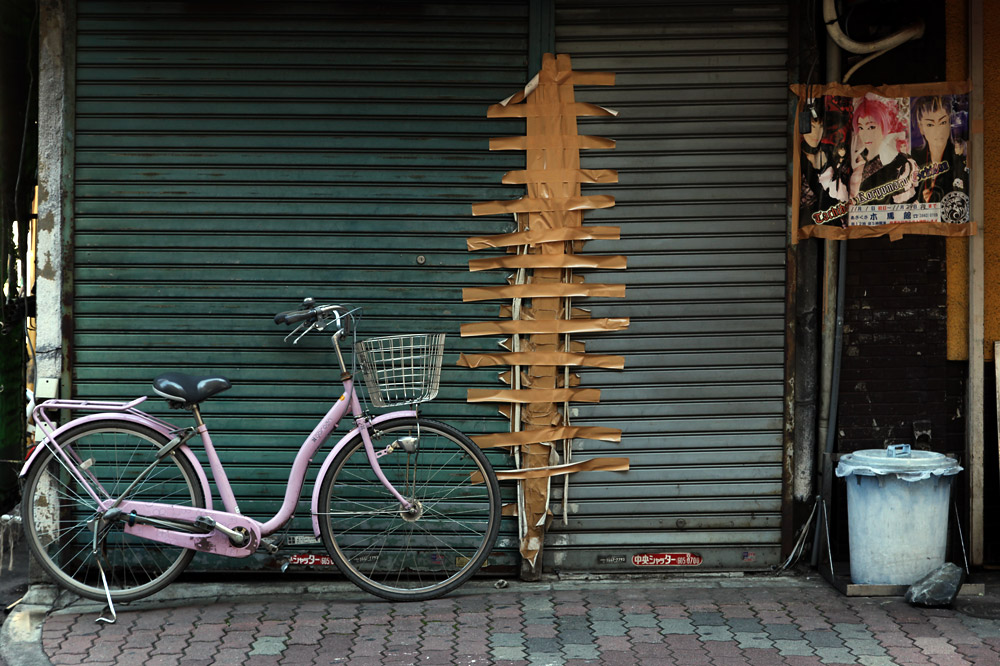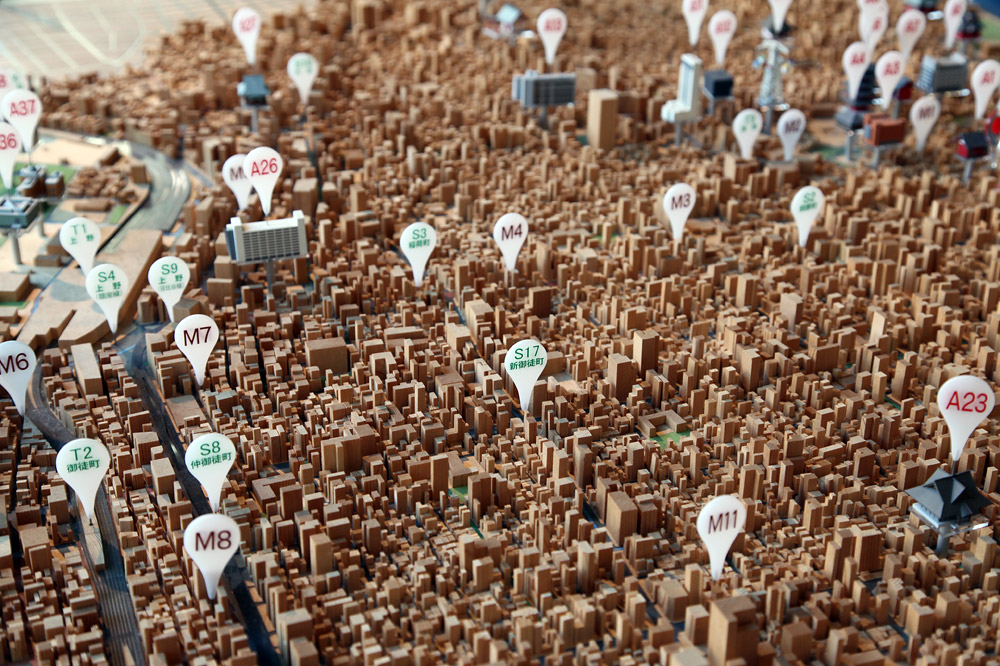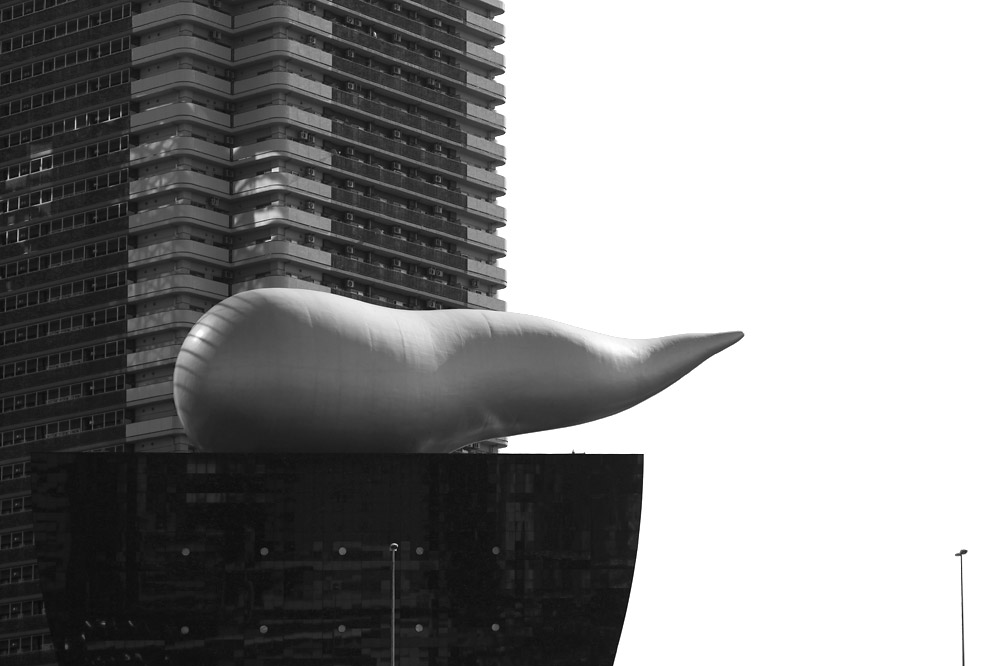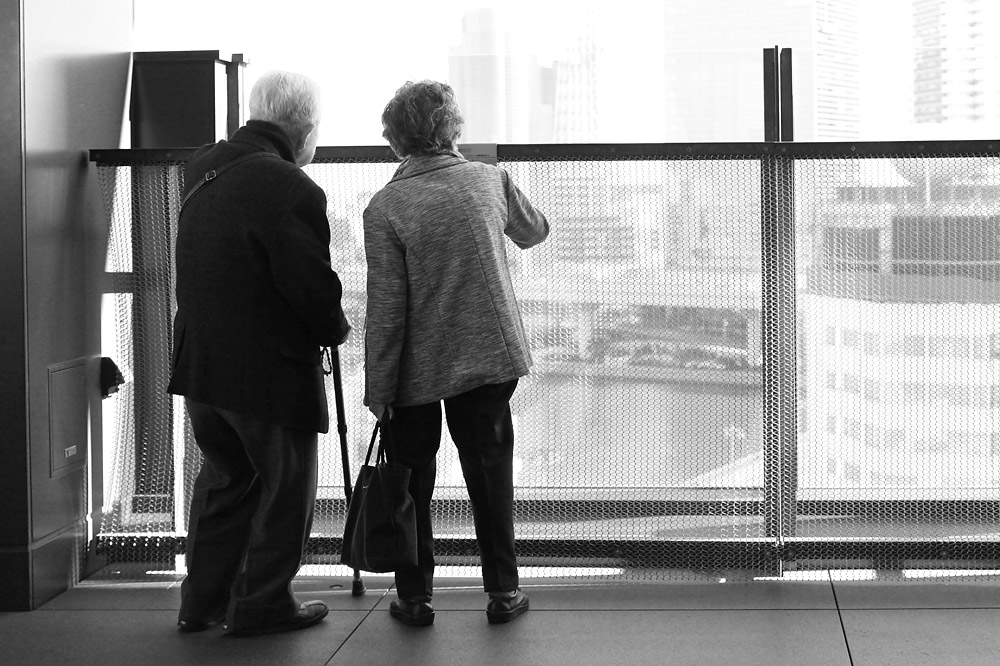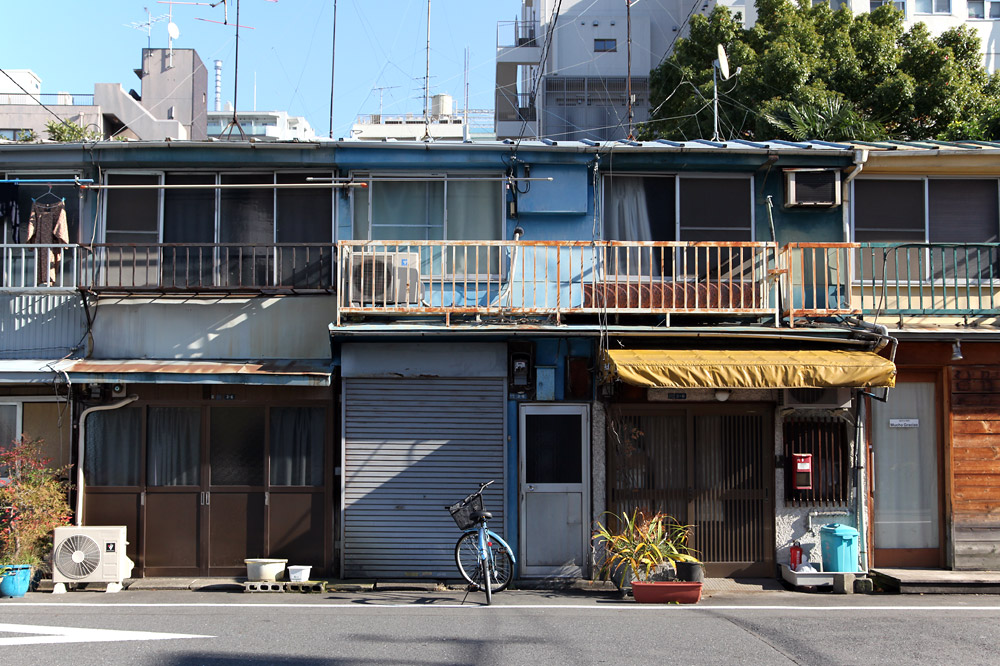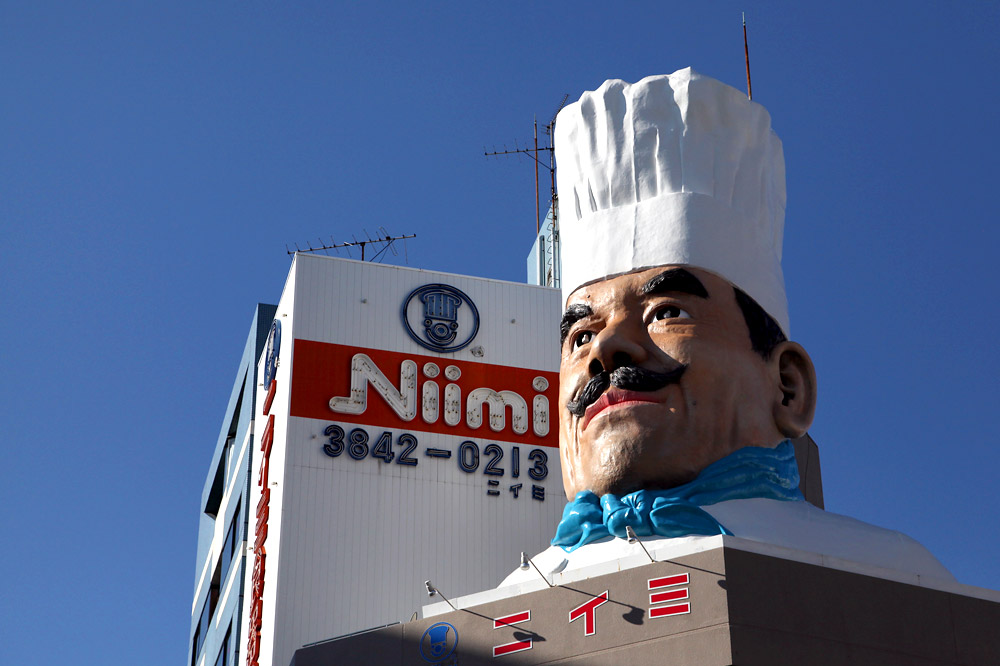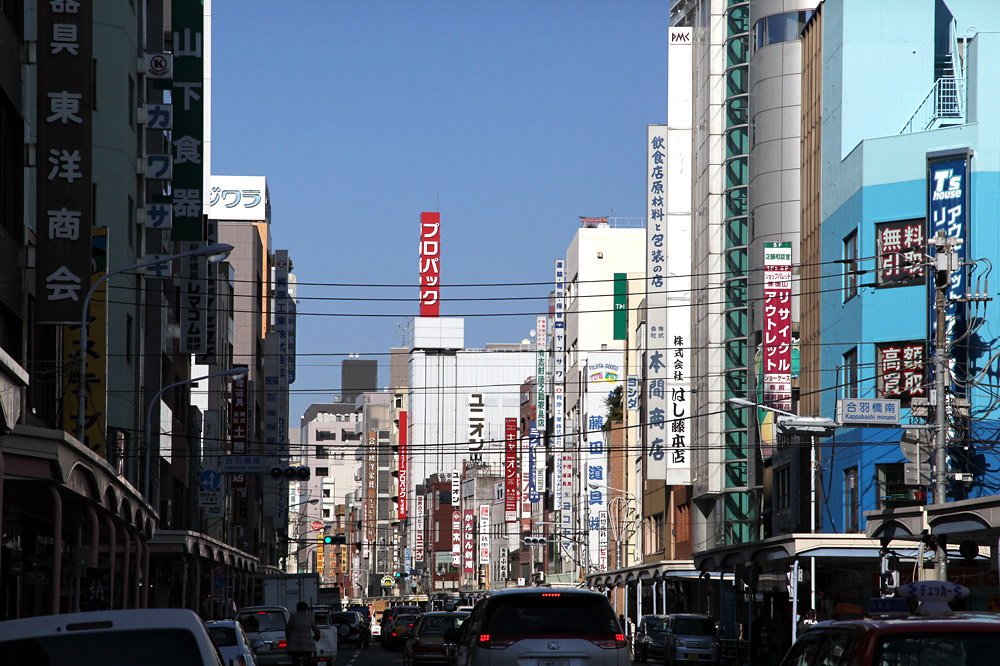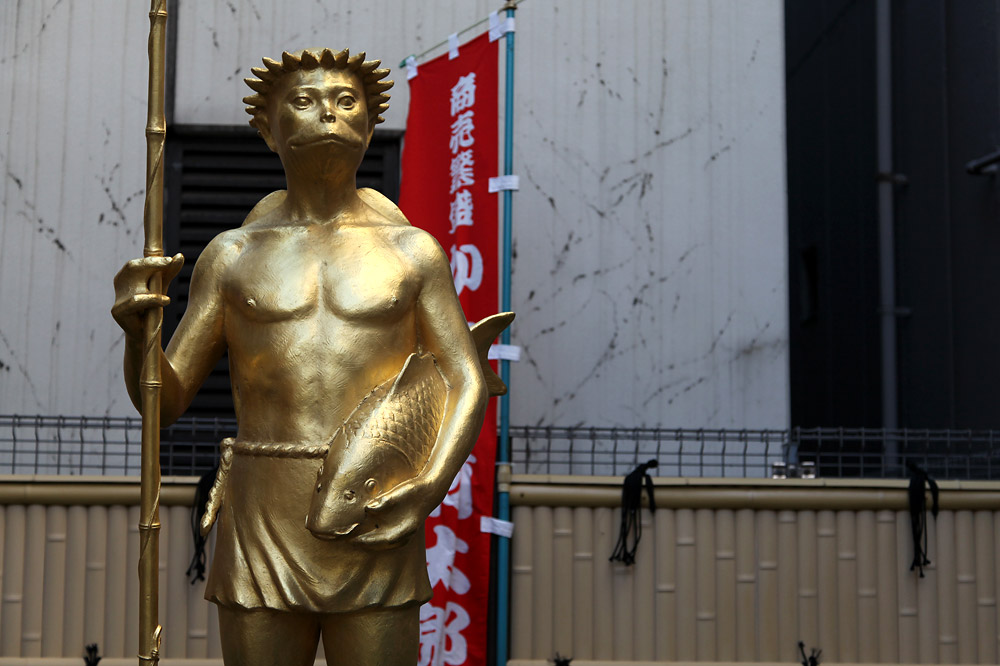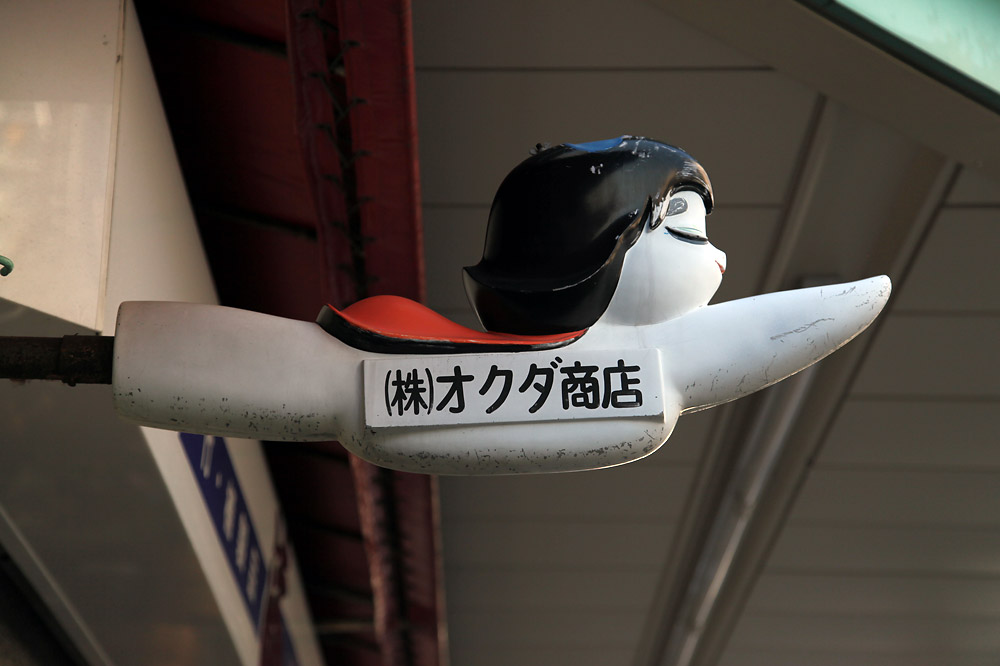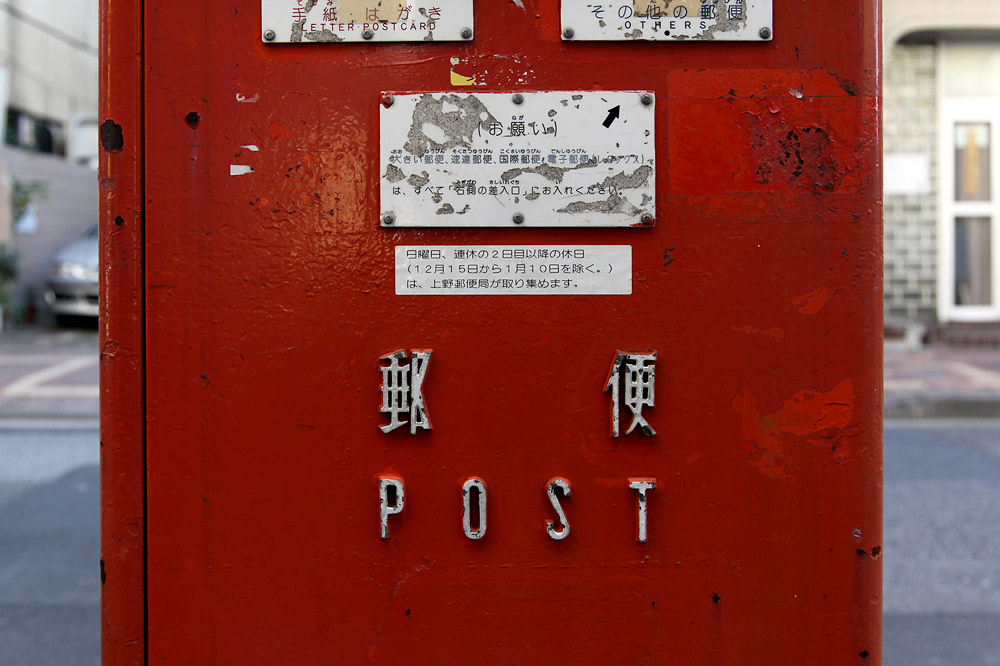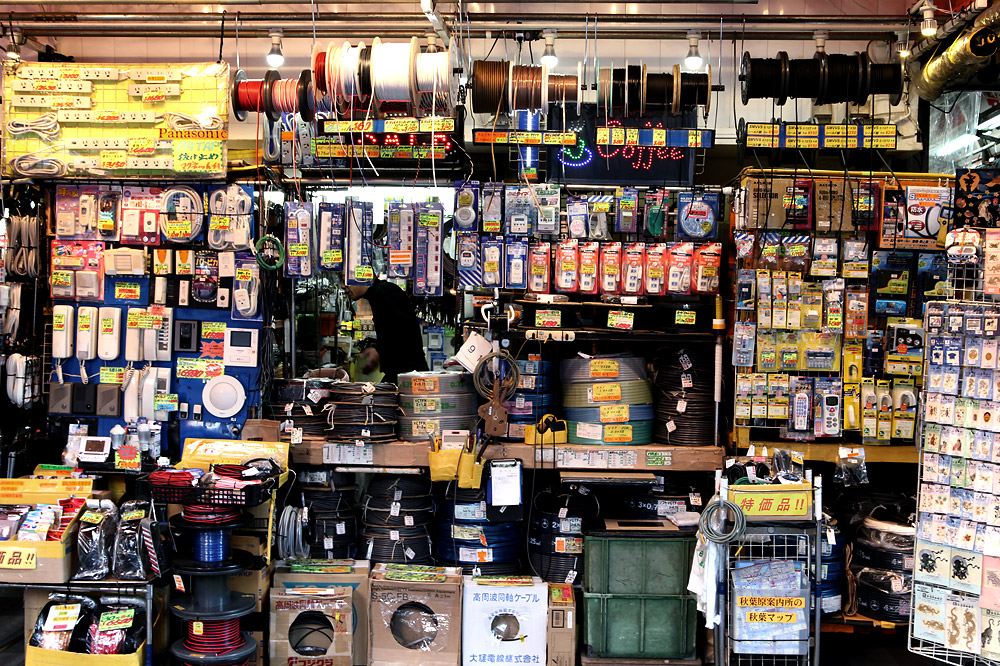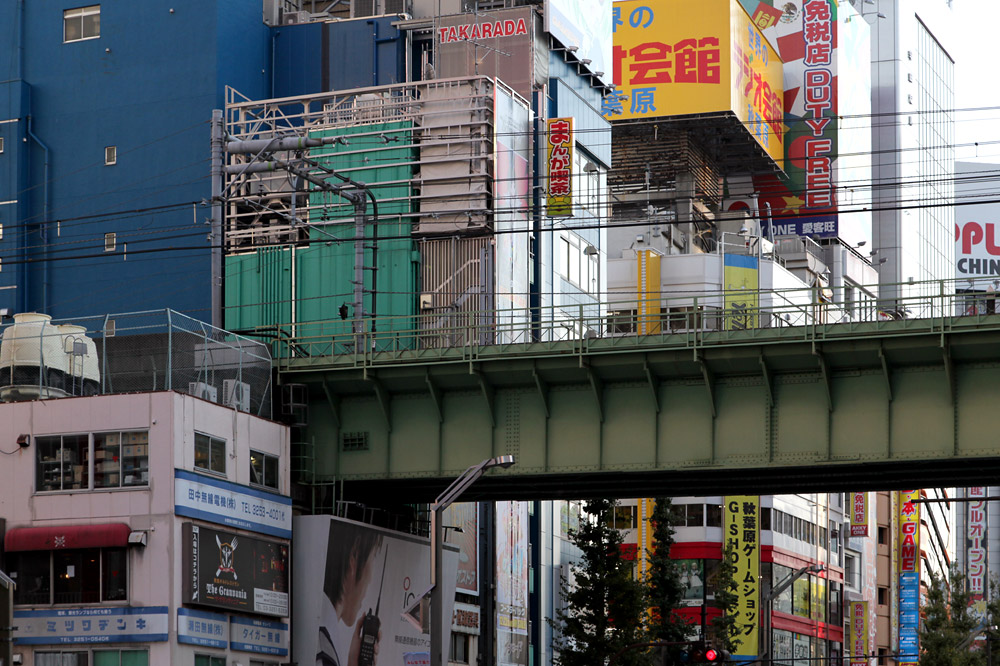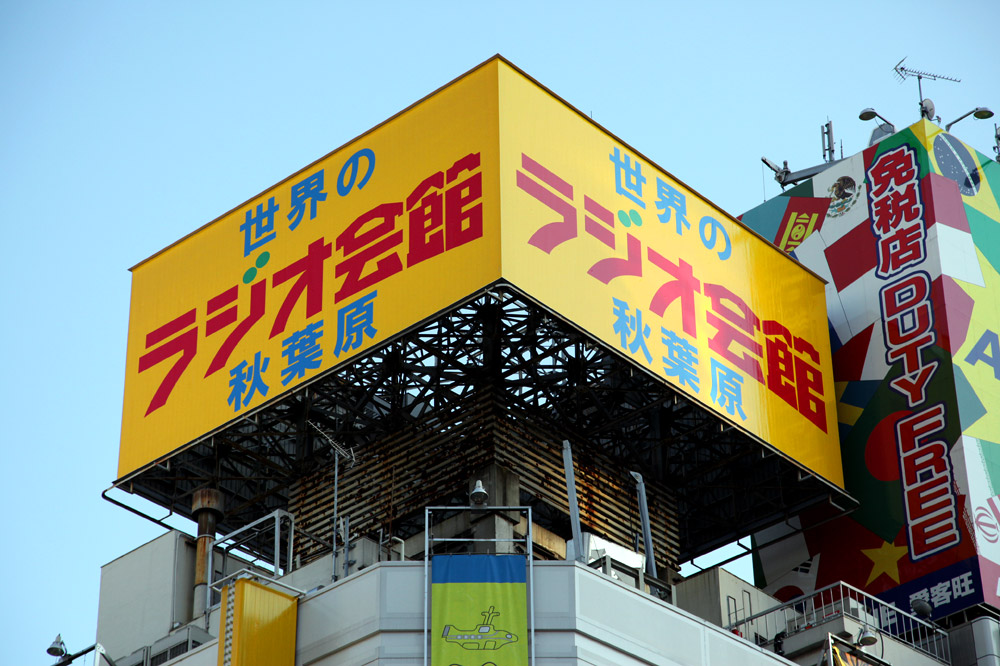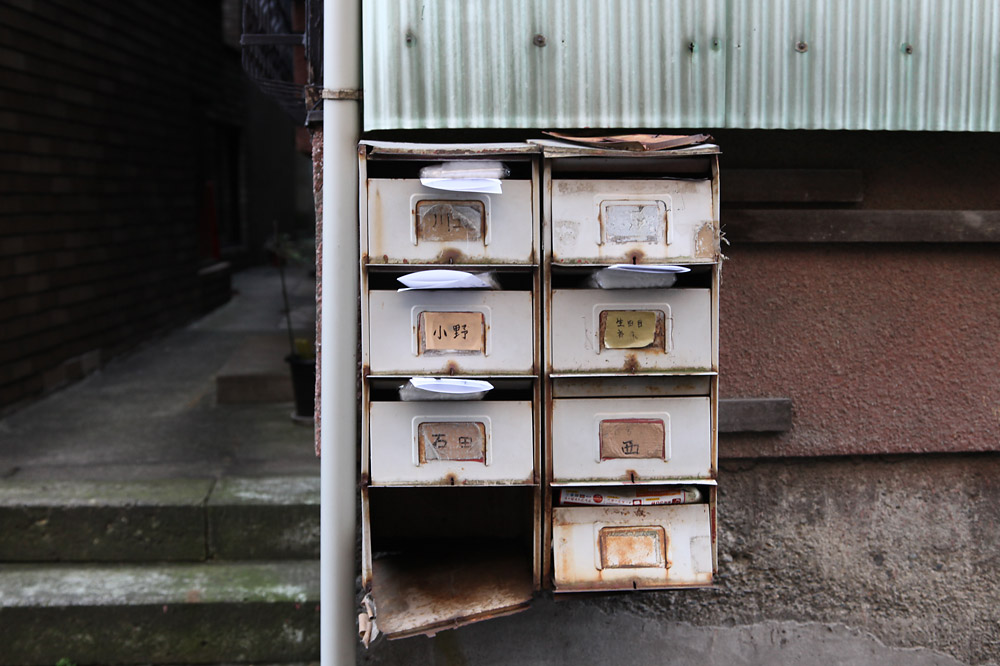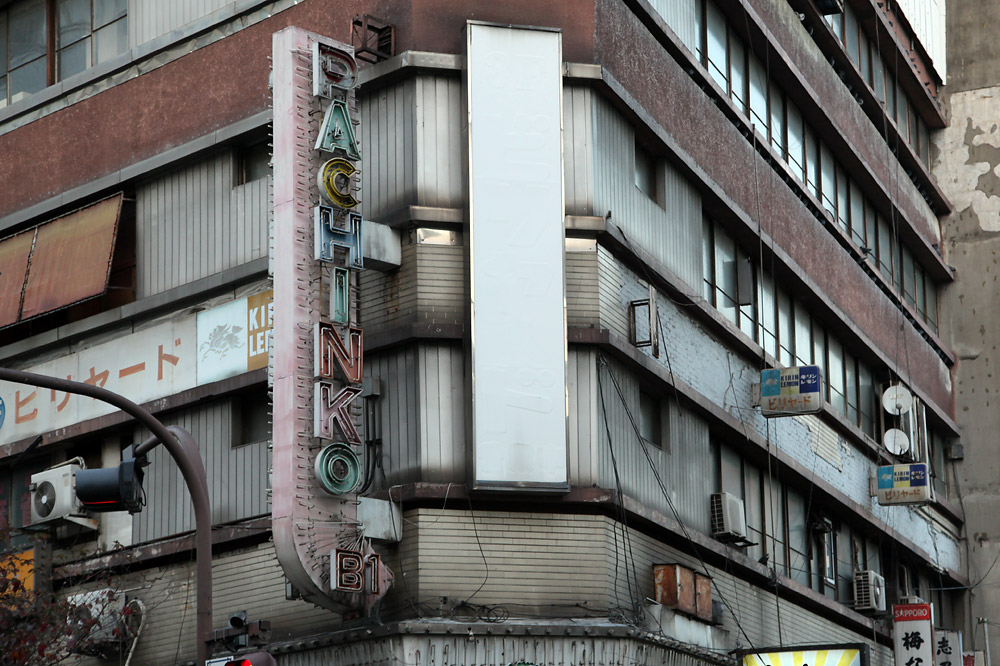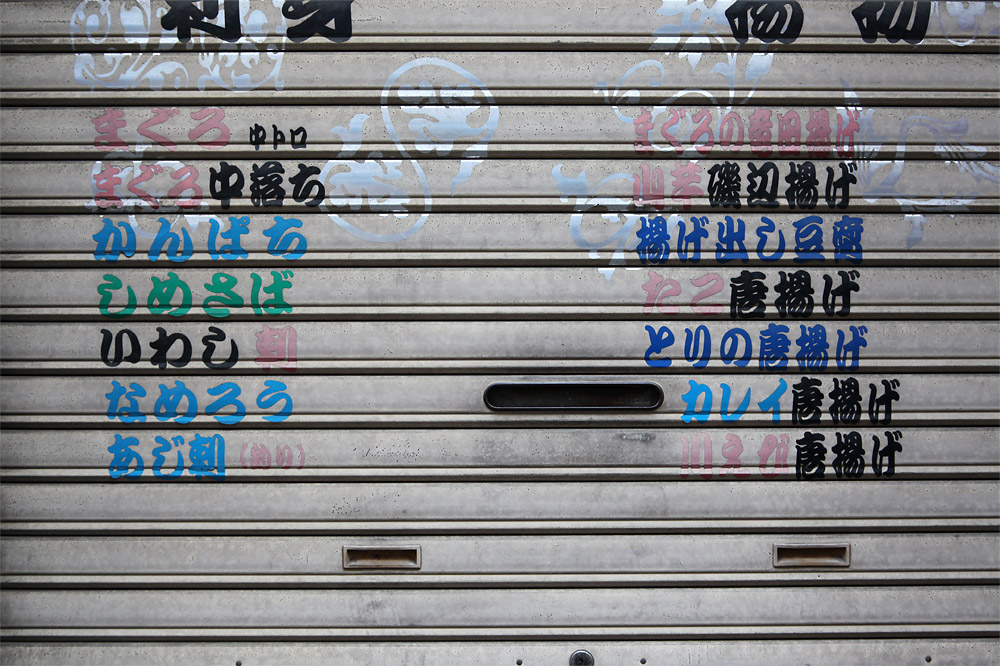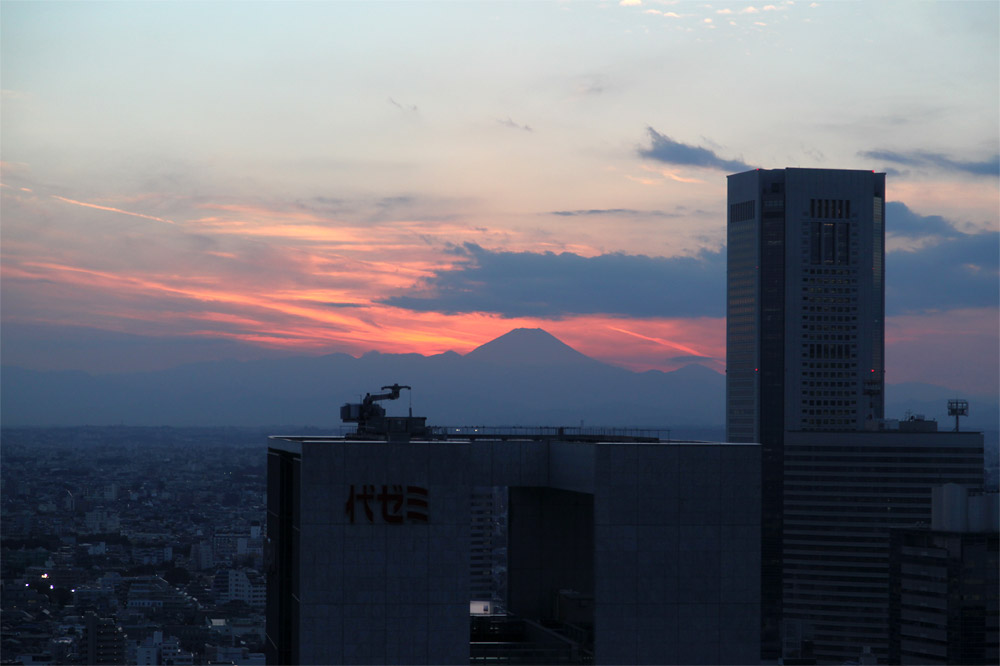Tokyo Day 2: Uenoonshi Park, Nezu, Asakusa, Senso-ji Temple, Akihabara
On Tuesday, J and I were out before the sun. Our destination was the area around Taito to the north of the hotel.
We disembarked at Ueno Station into Ueno Park. The park is one of the oldest public parks in the country, and is a popular place for enjoying the cherry blossoms when you aren’t an idiot who visits Japan when they aren’t in bloom.
Breakfast was embarrassing fast food, as no other places seemed to be open.
Temporarily warm, we strolled through the dank air hanging over shrines, plant and koi filled ponds, and shady jogging paths. The park was home to the usual animals: loud ravens, hungry sparrows, pigeons, and a few clipped tail park cats. Oddly, there seem to be no squirrels or rodents of either usual or unusual size.
The angle of the restroom entrance on the north side of the park made it public in more sense than one. I tried my best to shield my massive gaijin from all the people walking by.
Shinjuku Station before sunrise, looking south.
And looking north.
Take a good hard look, as I’m riding on a horse.
Shrine entrance.
Walkway to the shrine.
Hidden hilltop stupa.
Prayer papers.
The shafts of light, oh the shafts of light.
Traction circles.
Dying lotus in Shinobazu Pond.
Lotus closeup.
Hand washing station at Benten-do Shrine.
A resting spot to enjoy the glare.
Not acting very coy.
After the park, we walked through Nezu and the massive Yanaka Cemetery. I tried my best to entice the numerous cemetery cats to me, but without food they seemed disinterested. If only I could have scrounged some corpse meat.
The whole area was full of temples and graveyards of varying sizes, with Yanaka being the largest. The smaller cemeteries were dense with stones and tall wooden prayer sticks. I nicknamed them god’s toothpicks.
Front stoop garden.
Tile building.
Old metal tiles.
Prayer sticks in a Taito cemetery.
Water buckets.
Local beer supply.
A walkway through the massive Yanaka Cemetery.
A more unkept section.
Sticks and stones over dead bones.
Over the tracks.
An old washing machine.
A group of school children cross the road.

The tallest, if not the only, cactus in Tokyo.
This type of bike fitted with one or more kid seat is a popular way for mothers to shuttle their kids.
Temporary power lines for nearby construction.
The wood district.
A wood dealer’s building with walls like shark teeth.
Drying veggies.
We slowly wound our way to the popular Senso-ji Temple. But the crowds were annoying, so we quickly left the grounds to find lunch. J noticed a small wooden restaurant missing any english writing on the signs. But a small line had formed outside, so we knew it would be worth the awkward language issues.
Inside, we removed our shoes and sat on the tatami mats at a low table. The wooden interior felt inviting, worn, utilitarian, and intimate. The picture menu had no translations, but the built-in grill made it clear we would be cooking our own food. We picked two items and a big bottle of beer.
The order arrived and the waitress helped us grill. One item was a pancake formed between four chewy rice cake dams that were set onto the grill first. The batter was light and neutral in taste, and had ground pork mixed into it. This dish was eaten with soy sauce. The second item was a more elaborate two-sided pancake made from batter, ground pork, cuttlefish, egg, cabbage, and onion. This dish was seasoned by a mysterious brown sauce wiped on with a brush.
I think we picked well, as the people next to us appeared to be cooking large splats of vomit.
Second hand smoke at Senso-ji Temple.
Pagoda.
Fortune telling drawers?
Tape based spine.
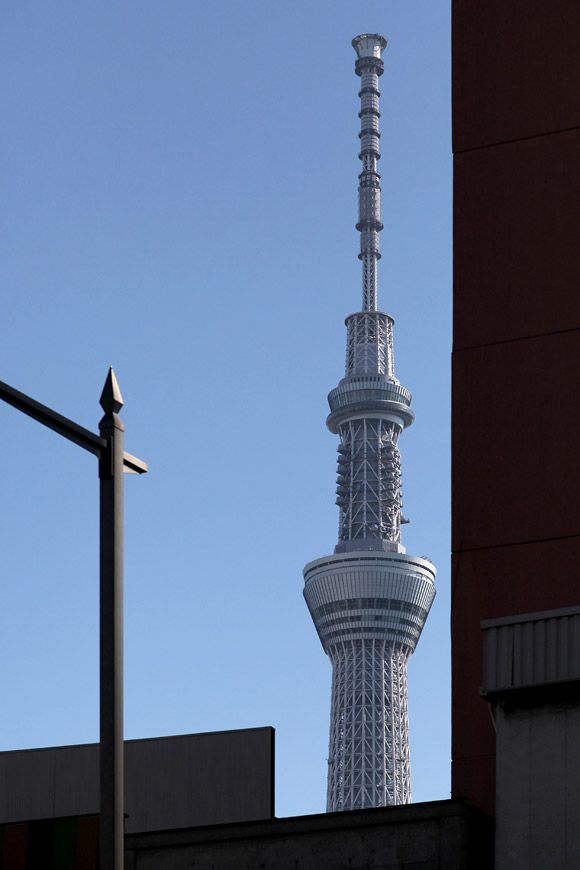
Tokyo Sky Tree in the distance.
A miniature wooden map of the neighborhood in the lobby of the swanky Asakusa Culture and Tourism Center.
The golden booger decorates the top of the Asahi Beer Headquarters.
The world’s smallest elderly couple enjoys the view from the cultural center. That cross bar is about 4.5 feet high.
Small, colorful dwellings.
After our okonomiyaki lunch, we walked through Kitchen Town, a street between Ueno and Asakusa which is almost entirely populated with shops supplying the restaurant trade. These shops sell everything from knives and other kitchen utensils, mass-produced crockery, restaurant furniture, ovens and decorations, through to esoteric items such as the plastic display food.
We might have been in the wrong area, as we saw less plastic food there than just wandering around town normally.
Massive sculpture signifies the modesty of Kappabashi Street.
The Kitchen Town.
The golden god of being weird.
Kappabashi Street’s flying mascot.
Post box.
On the way back to the hotel, we transferred at Akihabara. Known as an electrics town, as well as a good source of manga and maid fetish cafes, the area was mostly full of men.
We checked out the muli-floor arcades full of claw, music, and multiplayer deathmatch games.
The pachinko parlors were an assault on the senses too: smoky, full of blinking lights, and the cacophonous roar of ball bearings won and lost. I want to try pachinko before I leave. I doubt I will ever turn into the chain-smoking man with baskets of balls on the floor next to me, but I can dream.
Wires and other supplies for sale in Akihabara.
Train line crosses between buildings.
Rooftop billboards on four sided scaffolding.
Mail.
Aged pachinko parlor.
Hand painting characters on a closed store.
Fuji at sunset.
We made it back to the hotel with time to see Fuji before the sun set. Once again, we went to bed early after a simple, rice ball based dinner.


